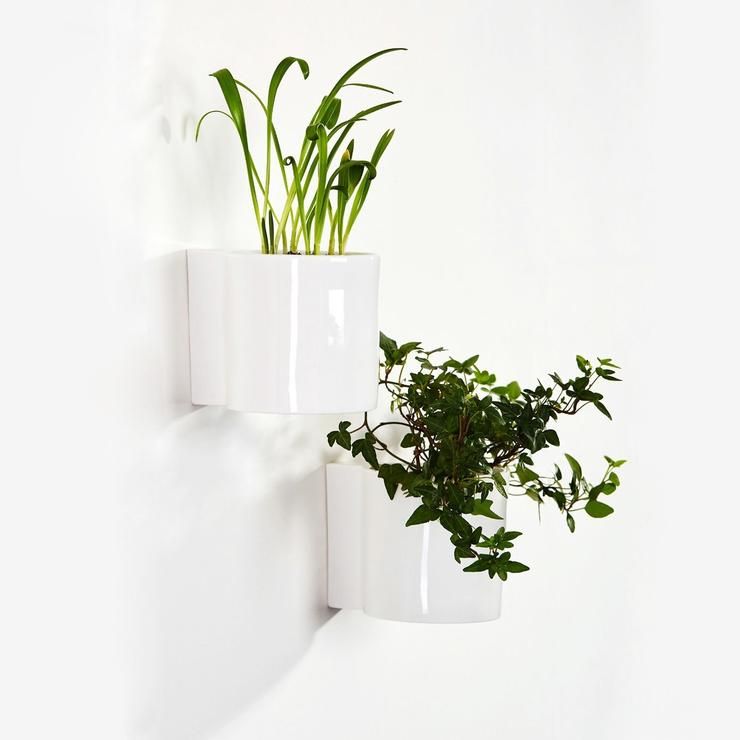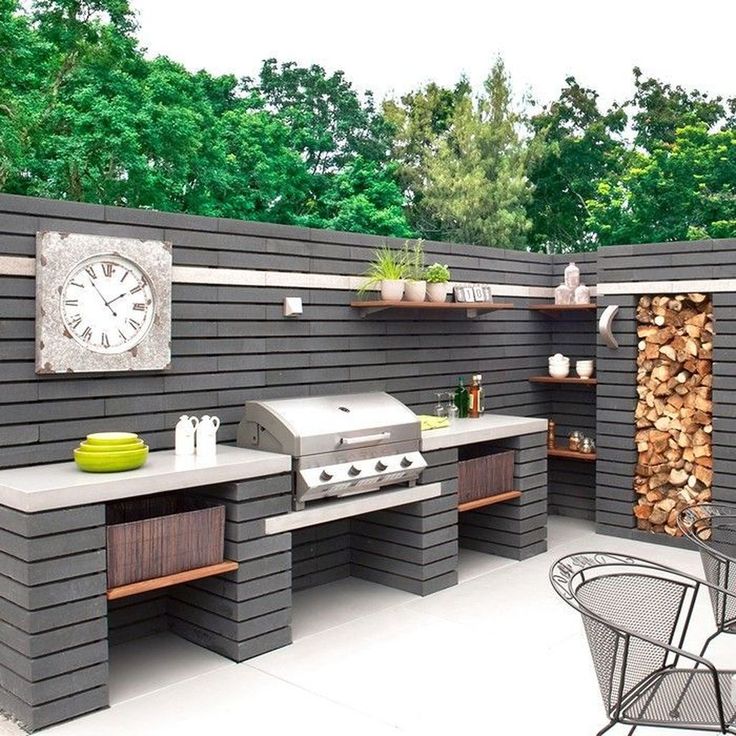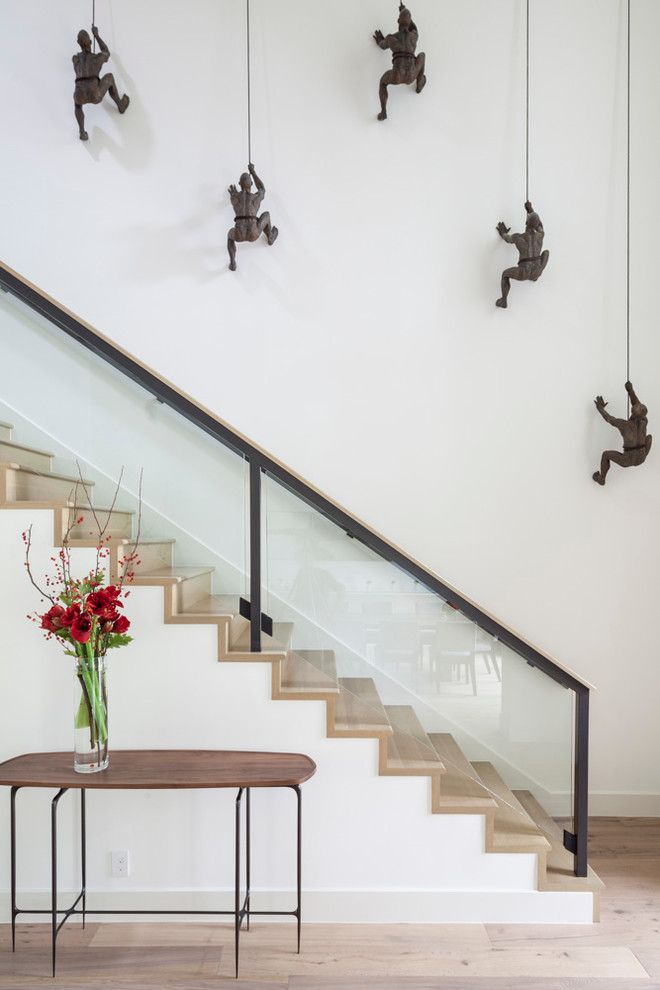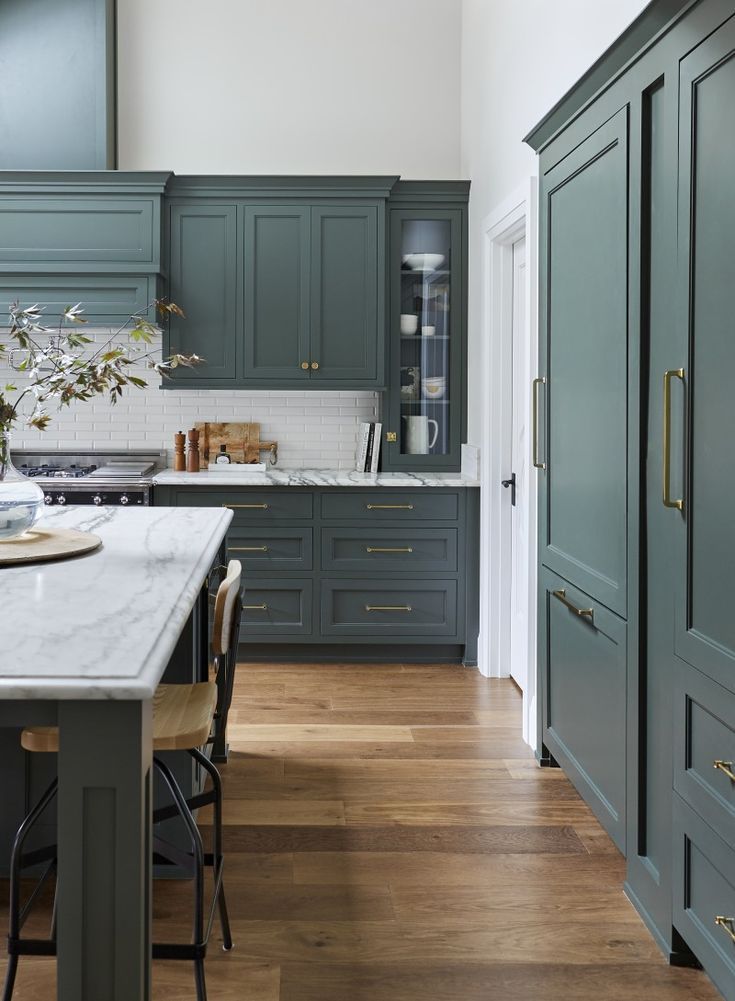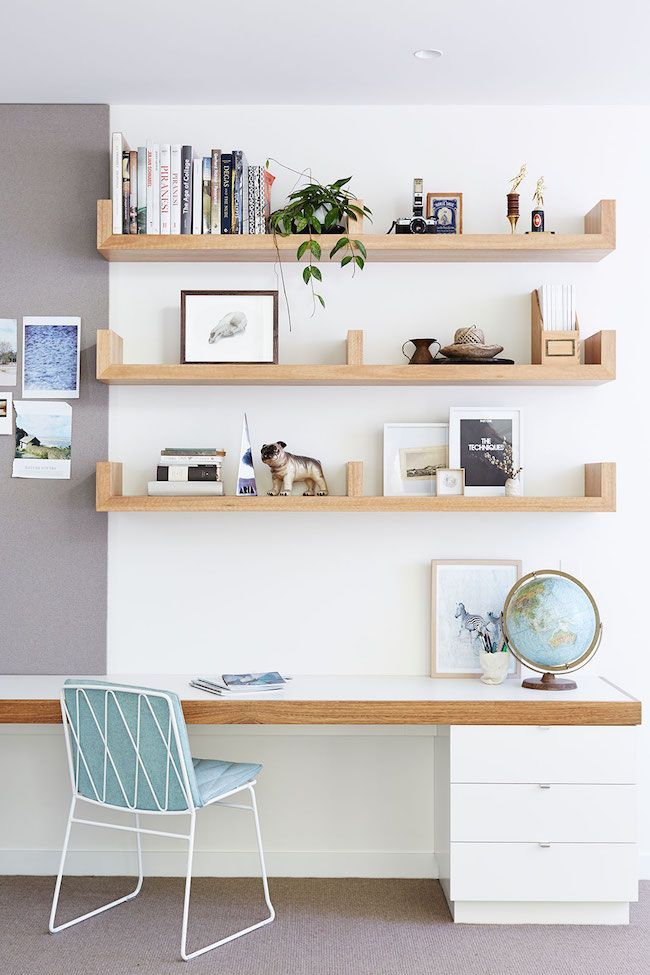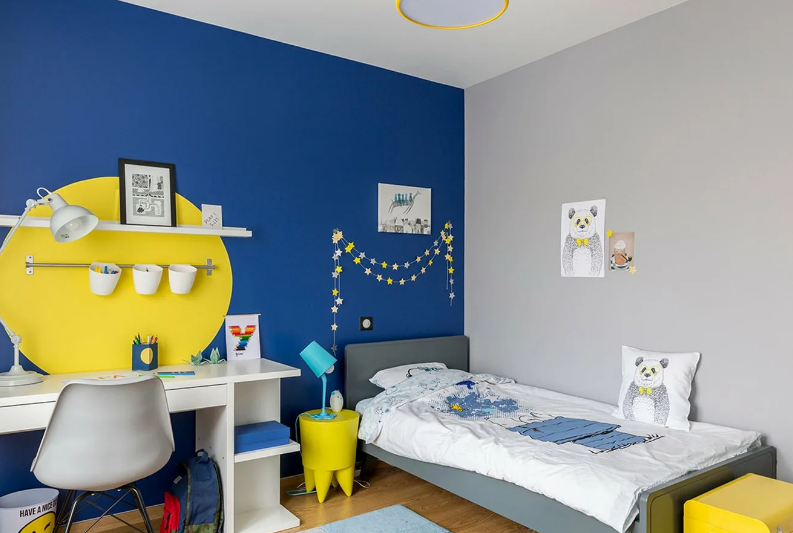Wall cover plants
Plants for covering walls: 12 ways to conceal boundaries
(Image credit: Natalia Greeske / Alamy Stock Photo)
With the right plants for covering walls, it’s easy to brighten up a bland wall or conceal an unsightly boundary. Dense evergreen climbers or deciduous choices that retain good structure over winter are ideal. As well as hiding the wall you don’t want to see, they will make the garden seem bigger by concealing the boundary with a leafy or twiggy curtain.
If you love wildlife, these substantial climbers are one of the best things to plant in the garden. The wall of leafy greenery provides birds with shelter and nesting sites, in turn filling your backyard with song. And many – including ivy – also offer birds berries, as well as producing a rich supply of nectar for pollinators (such as bees) when they flower.
Get one of these gorgeous climbers in the ground and look forward to it coating your retaining walls with a verdant curtain that will be alive with birdsong in no time.
Coat your boundaries in a green blanket with reliable plants for covering walls
There are plants for covering walls that cling to walls themselves (such as hydrangea), as well as those that like something to twine around (for example, clematis), and some that require you to tie them in (for instance, roses).
Aside from pruning to keep them neat and healthy, they are mostly easy fuss-free plants to grow, and the wildlife benefits they deliver are fabulous.
1. Star jasmine
Trachelospermum jasminoides
(Image credit: John Richmond / Alamy Stock Photo)
- Hardiness: USDA 8-10 (UK h5)
- Height: 10-20ft (3-6m)
- Spread: 20-30ft (6-10m)
- Best for: Urban elegance
To create a smart wall of glossy evergreen leaves, star jasmine is a superb choice. In summer, starry cream flowers fill the air with a tea scent, and in winter the leaves take on red tints.
Trachelospermum jasminoides requires a sheltered garden wall and a mild climate. T. asiaticum is similar, but hardier, less vigorous, and more richly scented.
Being twining climbers, they require a frame of trellis ideas, or wires to climb. Plant in fertile, well-drained soil and water regularly in hot weather until established.
2. Ivy
Hedera colchica 'Sulphur Heart'
(Image credit: Avalon.red / Alamy Stock Photo)
- Hardiness: USDA 6-9 (UK H5)
- Height: 20ft (6m)
- Spread: 20ft (6m)
- Best for: Birds
For easy evergreen coverage, ivy is one of the best plants for garden walls. Self-clinging, it doesn’t require any frame to clamber up, and it offers shelter and berries for birds, as well as nectar for bees.
In the northern hemisphere, they are one of the top plants for north-facing walls and are best in the cool semi-shade of a north or east-facing wall, where they grow lush and glossy.
Persian ivies (such as ‘Sulphur Heart’) have attractive big leaves, as does Canary Island ivy (Hedera canariensis). Some species (including H. helix and H. canariensis) are considered invasive plants in the US, so check what is advised in your area. Plant in well-drained neutral to alkaline soil.
3. Sausage vine
Holboellia latifolia
(Image credit: BIOSPHOTO / Alamy Stock Photo)
- Hardiness: USDA 8-11 (UK h5)
- Height: 20ft (6m)
- Spread: 10ft (3m)
- Best for: Spring flowers
Holboellia latifolia (syn. Stauntonia latifolia) doesn’t have the most elegant of names – broad-leaved sausage vine – but it’s a superb evergreen climbing plant. The substantial, dense, glossy green leaves are paired with mauve, red-purple, or cream-lime spring flowers that smell of melon and jasmine, and edible sausage-shaped purple fall fruit.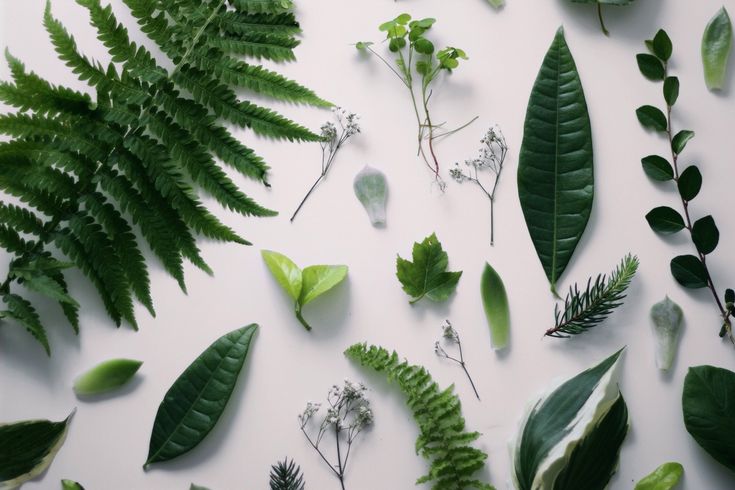
Plant in fertile, retentive, well-drained soil against a sheltered wall in sun. In cold areas, it is only semi-evergreen. Prune after flowering to keep its vigor in check.
4. Hydrangea
Hydrangea anomala subsp. petiolaris
(Image credit: blickwinkel / Alamy Stock Photo)
- Hardiness: USDA 8-10 (UK H5)
- Height: 20-40ft (6-12m)
- Spread: 6-10ft (2-3m)
- Best for: Semi-shade
Pileostegia viburnoides will clothe a wall in semi-shade with glossy evergreen leaves and fleecy ivory flowers whose nectar makes them great plants for pollinators in late summer and early fall.
Other self-clinging climbing hydrangeas to consider for a wall in semi-shade include Hydrangea anomala subsp. petiolaris, which has huge lacy flowerheads during summer; it is hardy, but deciduous. H. seemannii is evergreen, but requires a sheltered wall in a mild area.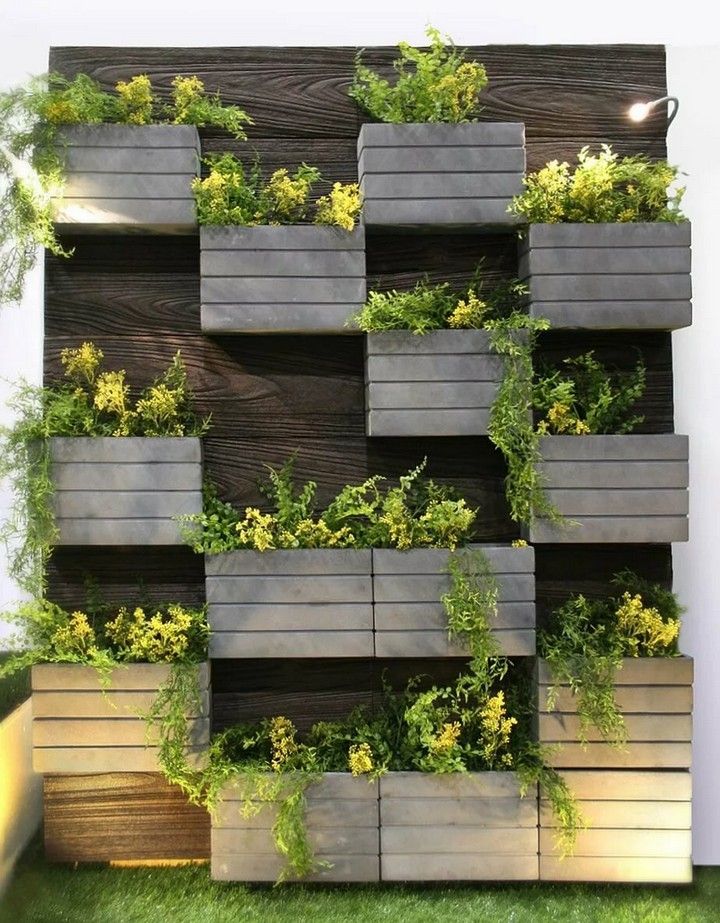 They are all slow to establish, but live for years and are well worth the wait.
They are all slow to establish, but live for years and are well worth the wait.
5. True jasmine
Jasminum officinale ‘Devon Cream’
(Image credit: Clare Gainey / Alamy Stock Photo)
- Hardiness: USDA 7-10 (UK H5)
- Height: 10-40ft (3-12m)
- Spread: 10ft (3m)
- Best for: Scent
For romantics, this ancient climber beats fashionable star jasmine hands down: the heart-stopping scent of the starry white flowers hangs in the air on summer nights, and it is no surprise that it’s used by the perfume industry. In mild areas, it is evergreen and vigorous.
Jasminum officinale ‘Devon Cream’ has buttermilk flowers; J. officinale f. affine has large pink-tinted white blooms. Grow jasmine in well-drained soil against a sheltered sunny backyard wall or front garden wall. Avoid hard pruning if possible. In cold areas, protect the base with horticultural fleece in winter.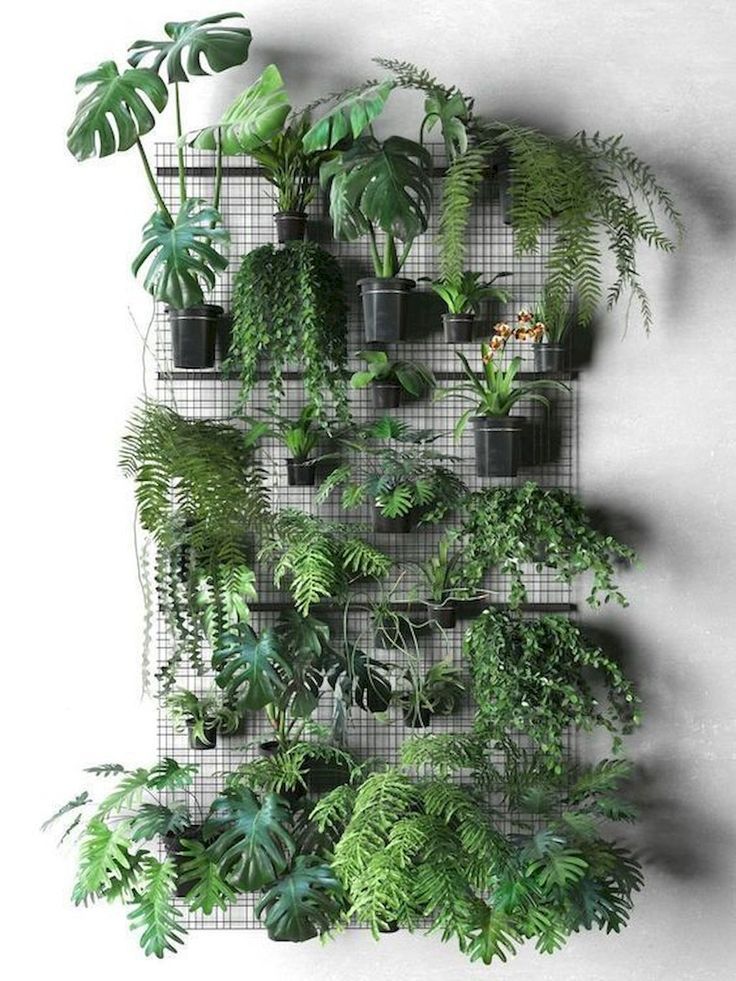
6. Firethorn
Pyracantha ‘Saphyr Rouge’
(Image credit: Tim Gainey / Alamy Stock Photo)
- Hardiness: USDA 6-9 (UK H6)
- Height: 10ft (3m)
- Spread: 10ft (3m)
- Best for: Fall
Pyracantha is fantastic evergreen shrub for growing against walls and one of the best plants for wildlife gardens. It provides birds with shelter, as well as food when it is a mass of berries in fall; and it offers bees nectar-rich ivory blossom during early summer
Saphyr Orange has blazing-orange berries and Saphyr Rouge has red berries. Plant against a wall in sun or semi-shade in well-drained, fertile soil. Prune after flowering and wear gloves and long sleeves because the thorny stems are very sharp!
7. Winter jasmine
Jasminum nudiflorum
(Image credit: Martin Hughes-Jones / Alamy Stock Photo)
- Hardiness: USDA 6-9 (UK H5)
- Height: 10ft (3m)
- Spread: 10ft (3m)
- Best for: Winter color
Jasminum nudiflorum is a deciduous shrub with long, arching green stems that look great trained over a wall.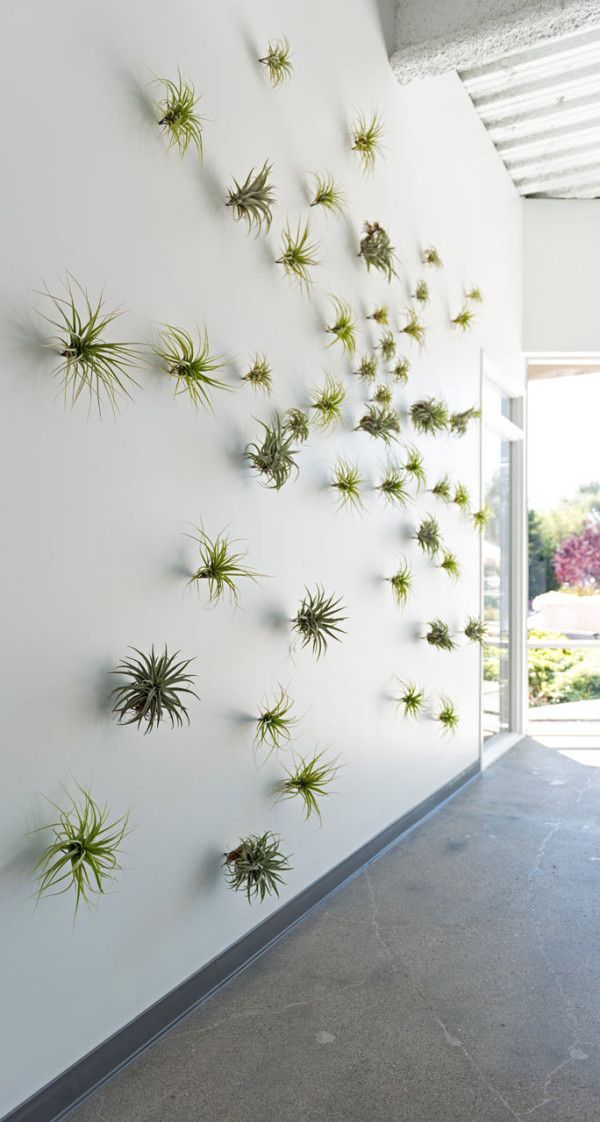 From winter to early spring, it is covered in bright yellow flowers; unlike the flowers of true jasmine, they are not scented, but they inject much-needed cheer and color under the bleak grey winter sky.
From winter to early spring, it is covered in bright yellow flowers; unlike the flowers of true jasmine, they are not scented, but they inject much-needed cheer and color under the bleak grey winter sky.
Allow it to tumble in a waterfall over the top of a wall or clip it (after flowering) against a wall, facade, or porch. It is happiest in fertile, well-drained soil in sheltered sun or semi-shade.
8. Mountain clematis
Clematis montana 'mayleen'
(Image credit: Klaus Steinkamp / Alamy Stock Photo)
- Hardiness: USDA 6-9 (UK H5)
- Height: 12-30ft (3.5-9m)
- Spread: 3-20ft (1-6m)
- Best for: Cottage gardens
Clematis montana is a gorgeous, vigorous climber that fills the air with a vanilla-clove scent when its pink or white flowers bloom in early summer. It is deciduous, but when the bronze leaves fall, they reveal a dense, twiggy frame that will still cover the wall.
‘Mayleen’ (blush pink) is enormous; ‘Miss Christine’ (white) is big; and ‘Van Gogh’ (cherry pink) is less vigorous.
For best results with how to grow clematis, plant them in well-drained, fertile soil in sun or semi-shade, but ensure the roots are shaded (for example by a shrub). Prune clematis after flowering.
9. Passion flower
Passiflora caerulea
(Image credit: Julian Parton / Alamy Stock Photo)
- Hardiness: USDA 7 to 9 (UK h5)
- Height: 33ft (10m)
- Spread: 12ft (3.5m)
- Best for: Exotic style
The fabulous blooms of passion flower are straight out of the jungle and make one of the best tropical plants. Their flowers are produced in abundance from early summer into fall. Evergreen in warm climates, it will easily clad a large wall if given a frame (such as wires or trellis) to twine itself to.
The hardiest, Passiflora caerulea, still benefits from a sunny, sheltered wall. It has white and purple blooms and orange egg-shaped fruit. ‘Amethyst’ is not as hardy and has pale-purple flowers. Plant in moist, well-drained soil.
It has white and purple blooms and orange egg-shaped fruit. ‘Amethyst’ is not as hardy and has pale-purple flowers. Plant in moist, well-drained soil.
10. Pineapple broom
Argyrocytisus battandieri (syn. Cytisus battandieri)
(Image credit: John Glover / Alamy Stock Photo)
- Hardiness: USDA 7-10 (UK H5)
- Height: 13-16ft (4-5m)
- Spread: 10-13ft (3-4m)
- Best for: Sun
A joyous wall shrub for a sunny wall, Argyrocytisus battandieri (syn. Cytisus battandieri) produces enormous bright-yellow flowerheads that smell deliciously of pineapple. These are borne in summer above attractive green-grey leaves.
The more compact variety 'Yellow Tail’ has flower cones that reach 6.6in (17cm) long and attract bees. Hailing from the Atlas Mountains of Morocco, this drought-tolerant plant (which can be evergreen in mild areas) needs very well-drained soil and a sheltered sun-baked wall.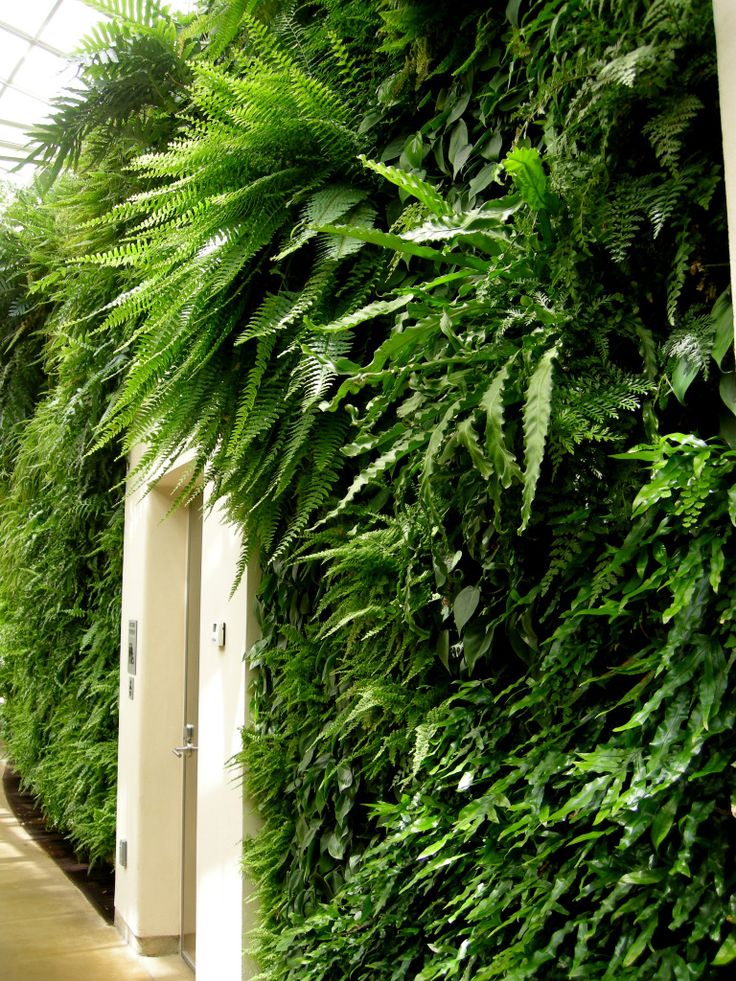
11. Camellia
Camellia x williamsii 'J.C. Williams'
(Image credit: Clare Gainey / Alamy Stock Photo)
- Hardiness: USDA 6-10 (UK H5)
- Height: 13ft (4m)
- Spread: 10ft (3m)
- Best for: Acid soil
Camellias are large shrubs with dark, glossy evergreen leaves and large red, pink, or white flowers in winter or spring. They live for a long time and some types of camellias can be grown as wall shrubs – especially C. x williamsii, which is hardier than most and flowers well from an early age.
‘J.C. Williams’ (soft-pink) and ‘E.T.R. Carlyon’ (white) are upright, spreading Williamsii varieties that bloom in spring. Grow camellias in well-drained, humus-rich acid soil against a sheltered wall in semi-shade. Prune lightly after flowering, if necessary.
12. Roses
Rosa 'Etoile de Hollande'
(Image credit: garfotos / Alamy Stock Photo)
- Hardiness: USDA 5-9 (UK H5)
- Height: 12ft (3.
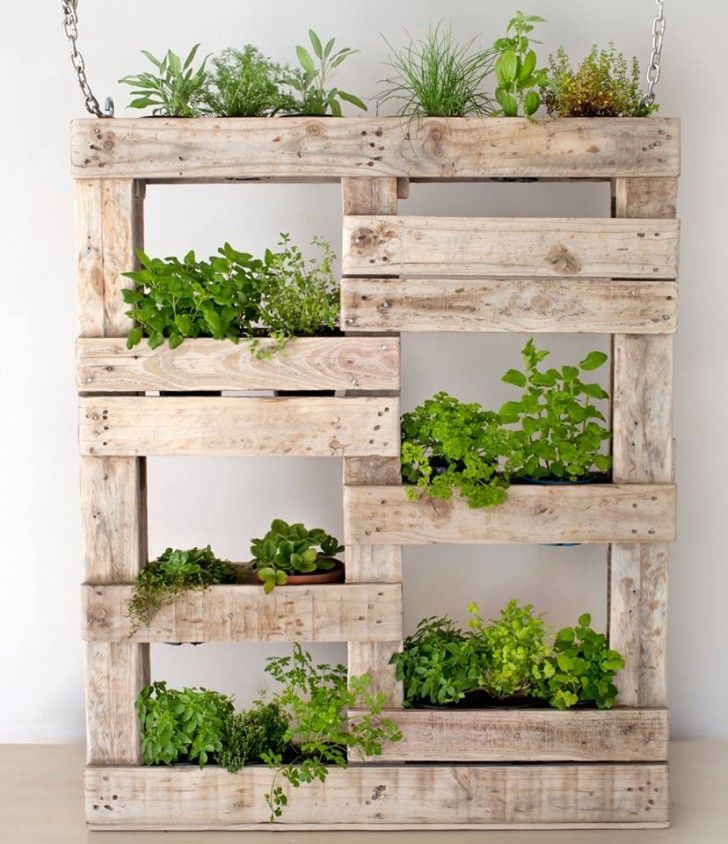 5m)
5m) - Spread: 10ft (3m)
- Best for: Summer flowers
The romantic, buxom blooms of the best climbing roses fill the air with scent on summer days. There are vigorous forms for tall walls and less rampant varieties of plants for covering walls for lower garden boundaries. All are deciduous, but over time the stems can be trained into an attractive pattern for winter interest.
Étoile de Hollande’ (crimson-red) is a fabulous choice for a sunny wall, while ’Madame Alfred Carrière’ (pink-white) is perfect for a shadier spot. Provide trellis or wires to tie the rose to. Prune in mid-late winter to maintain health and flower power.
What plant is best to cover a wall?
Angus White, founder of the Architectural Plants nursery, believes Holboellia latifolia, also known as sausage vine, is a great choice for full coverage: ‘It’s dense, leafy, vigorous and evergreen. The only other climber we do with those attributes is Clematis armandi, but clematis are always thin at the bottom.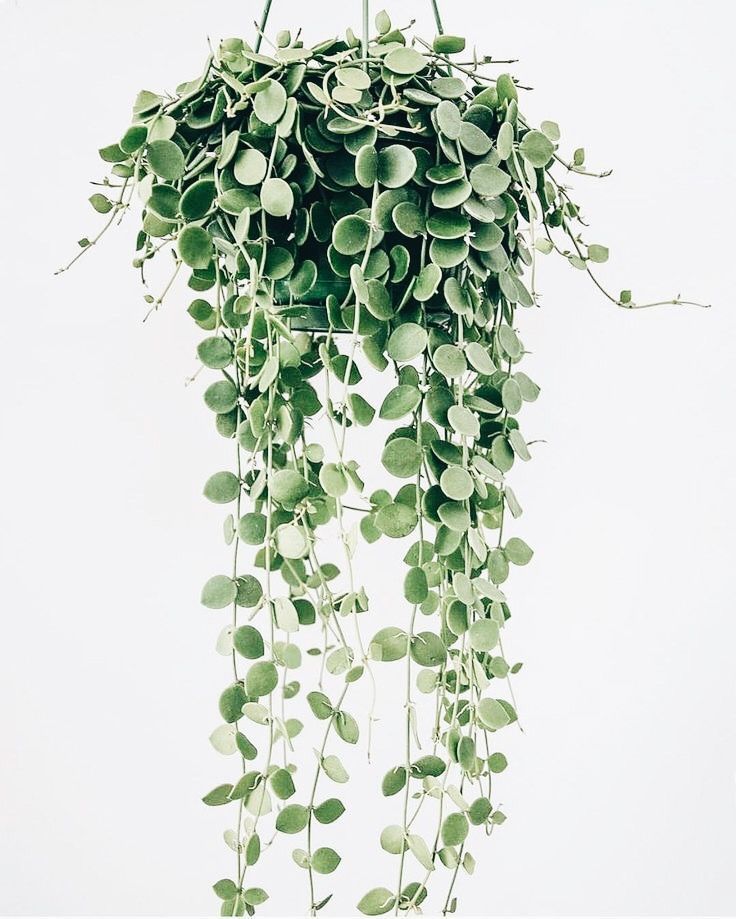 This isn’t.
This isn’t.
'It will form dense foliage all over whatever it’s growing up or over. The smell of these small creamy spring-flowering plants is nothing short of delicious. Holboelia will cover a house given half a chance but responds well to a good haircut and is easy to control.’
What is the name for a plant that can grow up a wall?
Climbing plants scale walls. If you don’t want to attach trellis or wires to the wall for a climber to twine around or be tied to, it’s best to purchase a ‘self-clinging’ climber (such as ivy), which will attach itself well, making it one of the top plants for covering walls.
Ivy will grow a lush green against a brick wall
(Image credit: Mint Images Limited / Alamy Stock Photo)
How do you cover a brick wall with plants?
If you’re not choosing a self-clinging climber, add a frame for climbing plants to scale the brick wall. Wooden trellis can rot over time, so a tensioning system of wires is arguably better.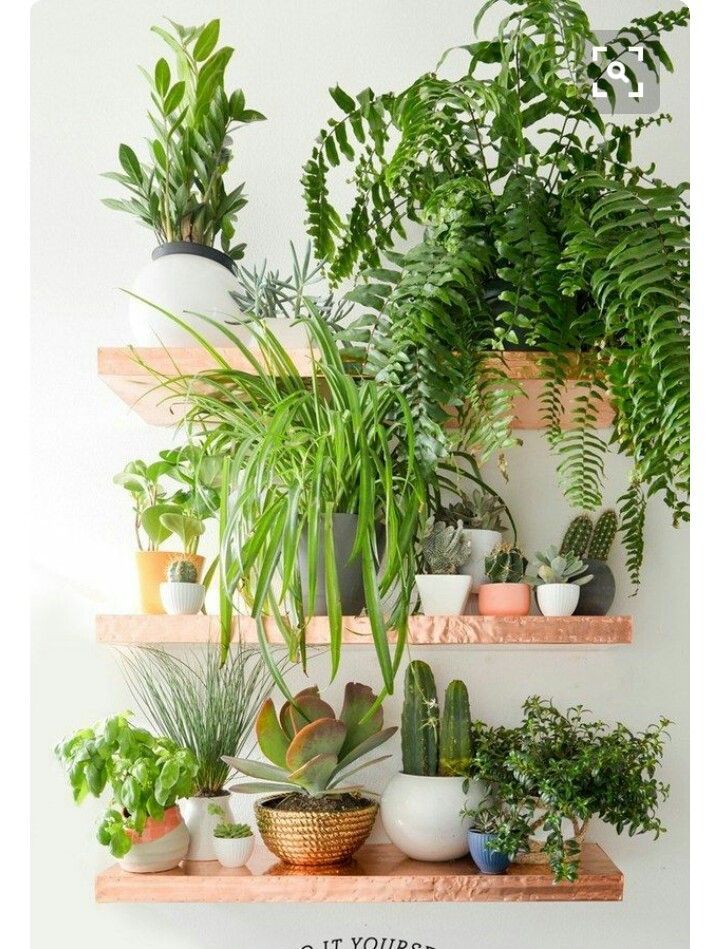 The wires either need to tighten themselves as the plant grows or be easy for you to tighten (via turnbuckles, for instance).
The wires either need to tighten themselves as the plant grows or be easy for you to tighten (via turnbuckles, for instance).
Opt for plants that complement the color of the brick. For example, the climbing rose 'Madame Alfred Carrière’ has blush-white flowers that look good against red brick, and the rose 'Ghislaine de Féligonde’ has soft-apricot blooms that would suit pink brick.
Rosa 'Madame Alfred Carrière'
(Image credit: Martin Hughes-Jones / Alamy Stock Photo)
Teresa has worked as an Editor on a number of gardening magazines for three years now. So she is lucky enough to see and write about gardening across all sizes, budgets and abilities. She recently moved into her first home and the garden is a real project! Currently she is relishing planning her own design and planting schemes. What she is most passionate about when it comes to gardening are the positive effects it has on our mental health to grow and care for plants, as well as being great for the environment too and help provide food and shelter for wildlife.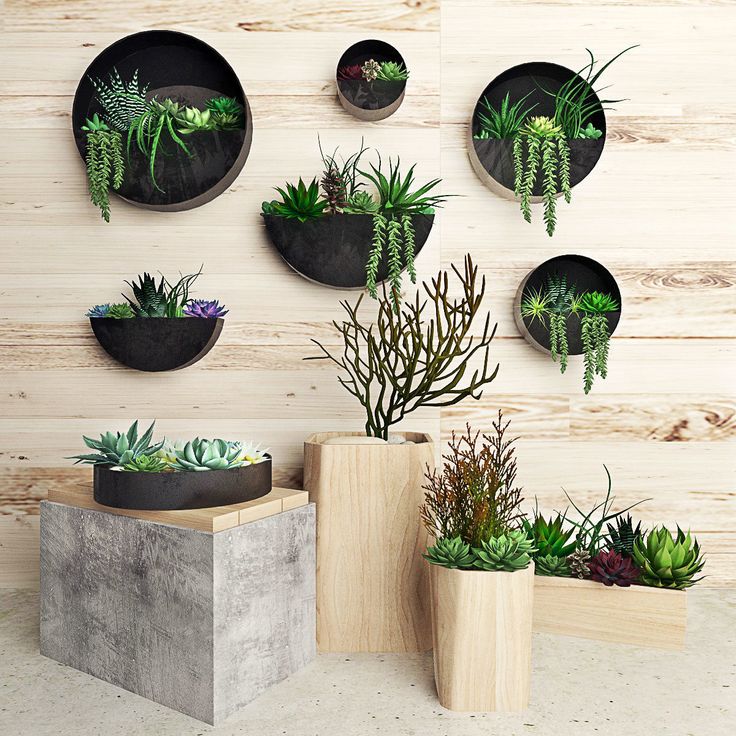
38 Best Plants to Cover a Fence & Wall
Search
Here are the
Best Plants to Cover a Fence. These will help you provide a natural privacy screen and a beautiful view as well.If you want to screen your fence or wall in style, then you can try growing one of these Best Plants to Cover a Fence. They offer privacy while providing a beautiful outlook to the landscape.
Have a look at the best privacy fence ideas for backyards hereBest Plants to Cover a FenceVines
1. English Ivy
shutterstock/crystaldreamBotanical Name: Hedera helix
USDA Zones: 6-9
One of the easiest and good-looking plants, this vine is easy to grow and covers the spot quickly, providing a thick layer of green foliage! However, it can be invasive and you might have to prune it on regular basis to ensure it does not end up becoming a nuisance.
2. Curtain Creeper
Botanical Name: Vernonia elaeagnifolia
USDA Zones: 5-11
If you want a vine that beautifully falls over your fence and covers it completely, then you must grow a cotton creeper. Just make sure to prune it regularly to keep it under control.
3. Chilean Potato Bush
Botanical Name: Solanum crispum ‘Glasnevin’
USDA Zones: 7-11
The attractive bright green leaves of the potato vine contrast beautifully with its fragrant blue-purple flowers. The plant grows best in full sun.
4. Garlic Creeper
Botanical Name: Mansoa alliacea
USDA Zones: 8-11
If you are someone who loves the color purple, then this is the plant for you. This low-maintenance ornamental vine also grows funnel-shaped flowers that are highly fragrant.
5.
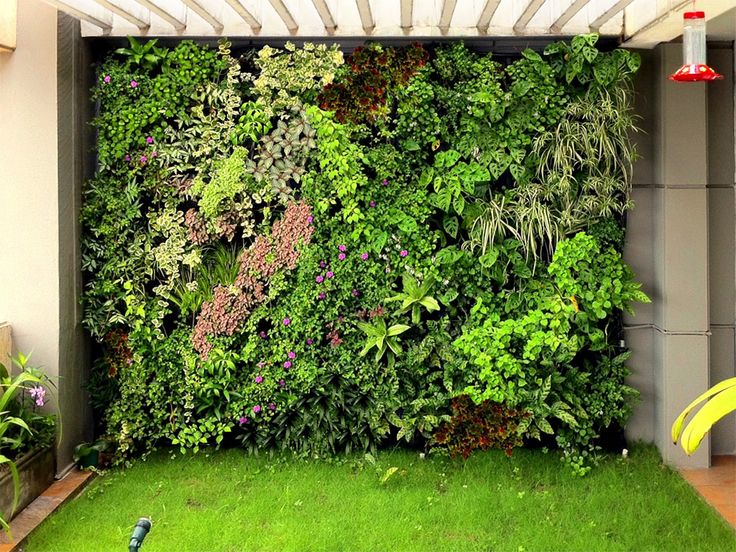 Rangoon Creeper
Rangoon CreeperBotanical Name: Combretum indicum
USDA Zones: 6-10
Popular for its bunch of flowers, Rangoon creeper will keep you happy with its awesome combination of green foliage and red blooms, and scented flowers. It does best in full sun.
6. The Arctic Kiwi
Peter Turner Photography/ShutterstockBotanical Name: Actinidia kolomikta
USDA Zones: 3-8
Be it trellises, walls, or fences, this vine will be happy to climb and trail them all. For best foliage color, grow it where it gets dappled sunlight.
7. Crimson Glory Vine
Botanical Name: Vitis coignetiae
USDA Zones: 4-8
As the name suggests, this grapevine cousin looks exceptional with its crimson autumn foliage color. The best part is, it also grows contrasting green flowers.
8. Trailing Abutilon
tamu1500/ShutterstockBotanical Name: Abutilon megapotamicum
USDA Zones: 7-10
The attractive parrot-green, heart-shaped leaves of the plant pair really well with the contrasting bell-shaped red flowers. It does best in direct sunlight.
It does best in direct sunlight.
9. Passionfruit Vine
imgurBotanical Name: Passiflora edulis
USDA Zones: 8-12
Passionfruit vine has many different varieties that can be used to brighten up a fence under full sun.
10. Boston Ivy
Blue Corner Studio/ShutterstockBotanical Name: Parthenocissus tricuspidata
USDA Zones: 4-9
This beautiful climber is an excellent choice for covering fences and connects itself to the area with tendrils. The best thing about this climber is the foliage that changes the colors from yellow, orange, and red if grown in full sun.
11. Jasmine
nadtochiy/ShutterstockBotanical Name: Jasminum
USDA Zones: 6-11
Many jasmine varieties are ideal for covering fences. Pick Jasminum officinale that offers white fragrant blooms with a dash of pink. It grows fast, so keep it under control with regular pruning.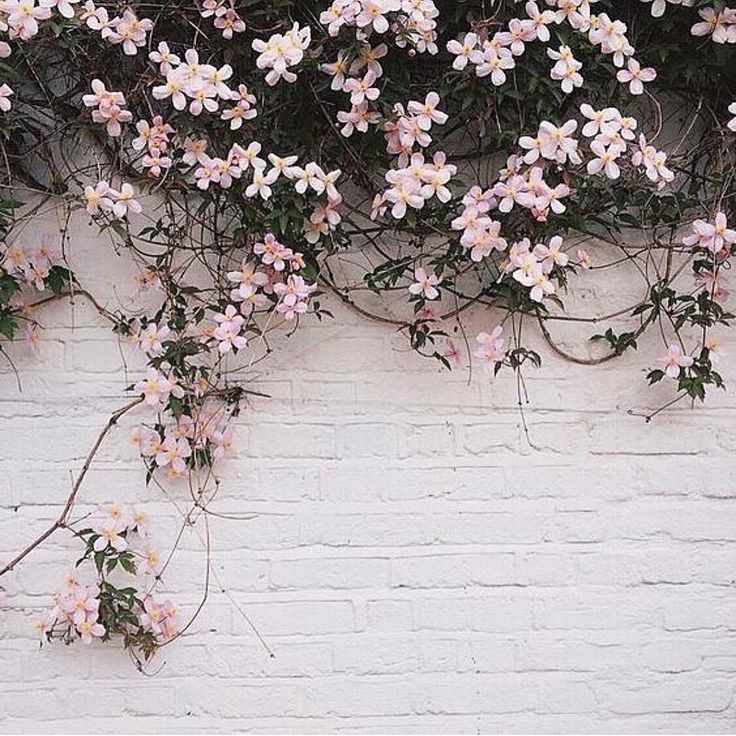
‘Chinese Star Jasmine’ is another great choice for covering a fence – it shows off fragrant small white blooms and bright green vine and leaves.
12. Coral Pea
azplantladyBotanical Name: Hardenbergia violacea
USDA Zones: 8-11
It’s a beautiful evergreen climber with pea-like flowers in the shades of pink, white, or purple. It prefers sunny or partially shaded areas.
13. Chinese Wisteria
msdelBotanical Name: Wisteria sinensis
USDA Zones: 5-9
Wisteria is admired for immensely fragrant lilac blooms and is a great choice for covering fences, archways, pergolas due to its draping flowers.
14. Dutchman’s Pipe
Botanical Name: Aristolochia macrophylla
USDA Zones: 7-11
This deciduous flowering vine can grow up to 20 or 30 feet long. The vibrant, heart-shaped large green leaves fill up densely and cover fences where you need privacy and exotic flowers.
15. Bougainvillea
MT.PHOTOSTOCK/ShutterstockBotanical Name: Bougainvillea
USDA Zones: 7-12
This tropical plant with twisting branches covered in thorns with heart-shaped, oval leaves and clusters of blooms is an apt choice for covering fences.
16. Clematis
davesgardenBotanical Name: Clematis spp.
USDA Zones: 4-9
Clematis grows rapidly if it finds support for the vine to climb on fences, poles, or trellis. This versatile vine grows up to 20-30 feet in several months and gives perfect coverage.
17. Climbing Hydrangea
Botanical Name: Hydrangea petiolaris
USDA Zones: 4-8
This beautiful flowering vine climbs on fences, trellis, trees and grows up to 30-50 feet tall. It takes few years to establish and flowers from early summer to mid-fall.
18. Honeysuckle
Botanical Name: Lonicera
USDA Zones: 5-10
Honeysuckle vines are heat-tolerant fragrant plants that bear well to a sturdy fence, trellis, or post and cover the area fast in a short span of time.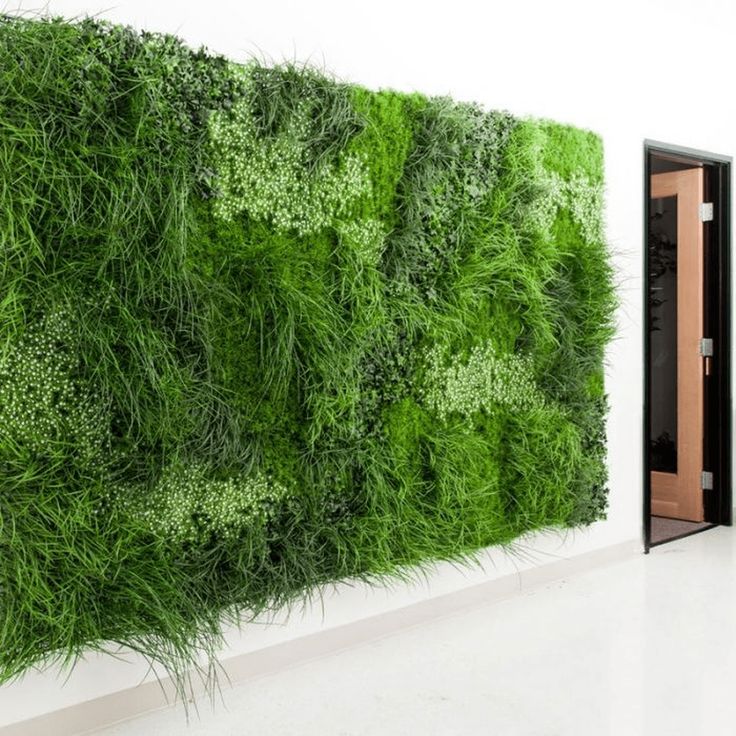
19. Trumpet Vine
Mary Ann Madsen/ShutterstockBotanical Name: Campsis radicans
USDA Zones: 4-9
It can grow in a range of conditions like heat, cold, sunny, or shade. The bright orange and red blooms enhance the overall look of the wall.
20. Black-Eyed Susan Vine
lovelymantiqueiraBotanical Name: Thunbergia alata
USDA Zones: 3-10
Black-Eyed Susan Vine makes for a spectacular focal point when grown to cover fences, trellis, or arbor. It makes a rapid privacy screen, and you can also combine it with purple hyacinth bean or morning glory for a fantastic look.
21. Hyacinth Bean
Botanical Name: Dolichos lablab
USDA Zones: 7-11
This vigorous annual vine with pink-purple blooms and red-purple pods can add a pop of colors to your fence or trellis. It can grow up to 10-15 feet high and does best in full sun.
22.
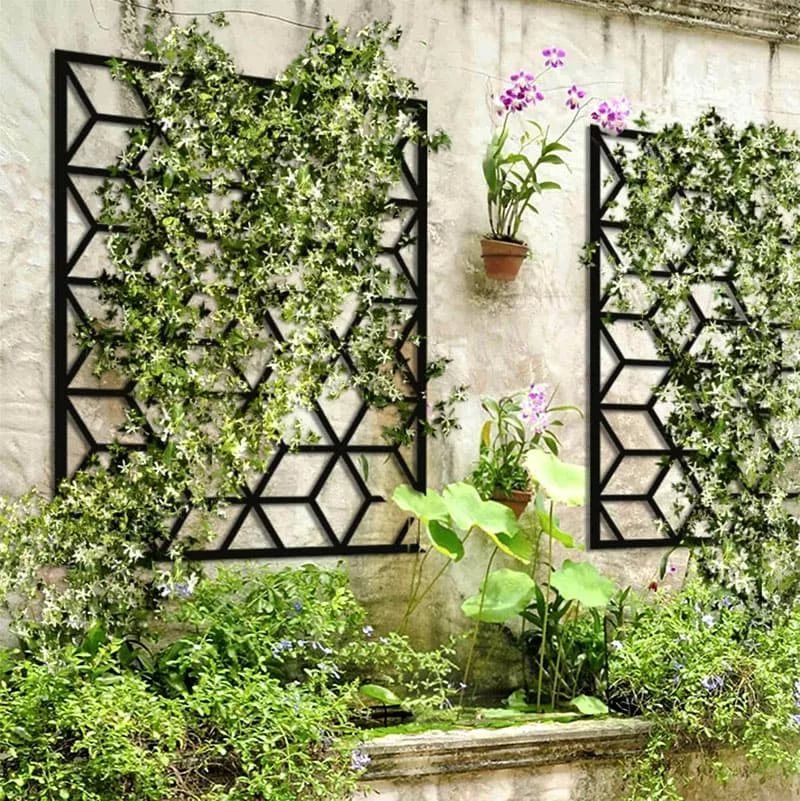 Hops
HopsBotanical Name: Humulus lupulus
USDA Zones: 5-9
The attractive climbing vines of hops are an ideal choice for covering shabby fences, as its tendrils connect themselves to frames. Growing up to 15-20 feet in length, it offers dense foliage and provides superb privacy.
23. Morning Glory
flickrBotanical Name: Ipomoea purpurea
USDA Zones: 3-10
Morning Glory is an old-fashioned flowering vine with thin tendrils that wrap around poles and wires when climbing over fences or trellis. It is easy to grow; plant it under full sun.
24. Climbing Rose
Botanical Name: Rosa
USDA Zones: 5-11
You can grow climbing roses to cover fences, providing adequate support to its canes. Train the long cane to grow in a horizontal position, the flowers spread out and give great visual and coverage.
25. Carolina Jessamine
Botanical Name: Gelsemium sempervirens
USDA Zones: 7-10
This beautiful twining vine with deep green foliage and matching yellow flowers can grow up to 15-20 feet. It does well in both full and indirect light.
It does well in both full and indirect light.
26. Mandevilla
gardengatemagazineBotanical Name: Mandevilla spp
USDA Zones: 8-11
This flowering vine is great for small fences and trellises, as it has tendrils that help the plant to attach to anything.
27. Virginia Creeper
yarindeBotanical Name: Parthenocissus quinquefolia
USDA Zones: 4-9
If you want colorful foliage, then go for ‘Red Wall’ and ‘Yellow Wall,’ which have leaves that take color according to their names in fall! It does well in part shade.
28. Sweet Autumn Clematis
Botanical Name: Clematis terniflora
USDA Zones: 5-9
Come summer and this vine will greet you with exceptional small white flowers that contrast really well with the dark green foliage.
29. Chocolate Vine
Botanical Name: Akebia quinata
USDA Zones: 4-9
Also popular by the name Five Leaf Akebia, it can grow up to 30-40 feet and works as a great screen plant for the fences.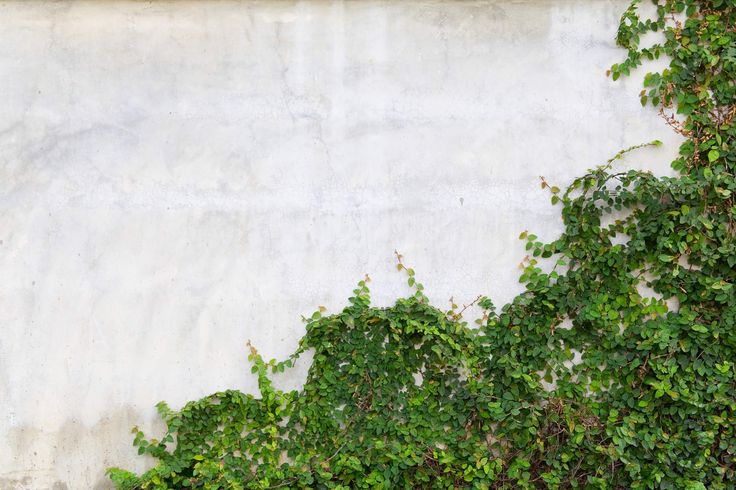 It does well in both sun and shade.
It does well in both sun and shade.
30. Moonflower Vine
Botanical Name: Ipomoea alba
USDA Zones: 8-12
The vine grows 5-6 inches wide white flowers that look like the shape of the moon. It grows up to 15-20 feet and does well in the sun and partial shade.
31. Crossvine
flickrBotanical Name: Bignonia capreolata
USDA Zones: 5-9
This vine is native to the US and grows orange trumpet-shaped flowers that look really beautiful with the green foliage. Grow ‘Tangerine Beauty if you want to attract hummingbirds!
Trees and Shrubs
32. Bamboo
Marc Graessle/ShutterstockBotanical Name: Bambusoideae
USDA Zones: 5-8
Create a green and lush privacy screen by growing multiple bamboo plants together. They are also one of the fastest-growing, so grow them in raised planters to control the growth.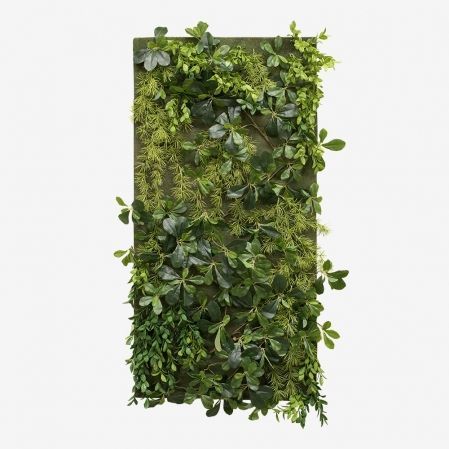
33. Arborvitae
Olha Trotsenko/ShutterstockBotanical Name: Thuja
USDA Zones: 3-11
The dense and thick foliage of these evergreen plants is an excellent choice for privacy screens. It does well in a variety of climate types and is also easy to maintain.
34. Privet
Botanical Name: Ligustrum
USDA Zones: 3-8
The lush foliage of this semi-evergreen shrub is an ideal choice for privacy. Given the right care and growing conditions, it can grow up to 2-4 feet each year.
35. Boxwood
degrootsBotanical Name: Buxus
USDA Zones: 5-8
A popular choice for borders, it also makes for a great privacy plant. Do not be too aggressive when it comes to pruning, and it can grow up to 15-20 feet tall in no time.
36. Holly
hedgesdirectBotanical Name: Ilex
USDA Zones: 3-11
Coming in different types that range from green to variegated, holly can be a good choice as a privacy screen.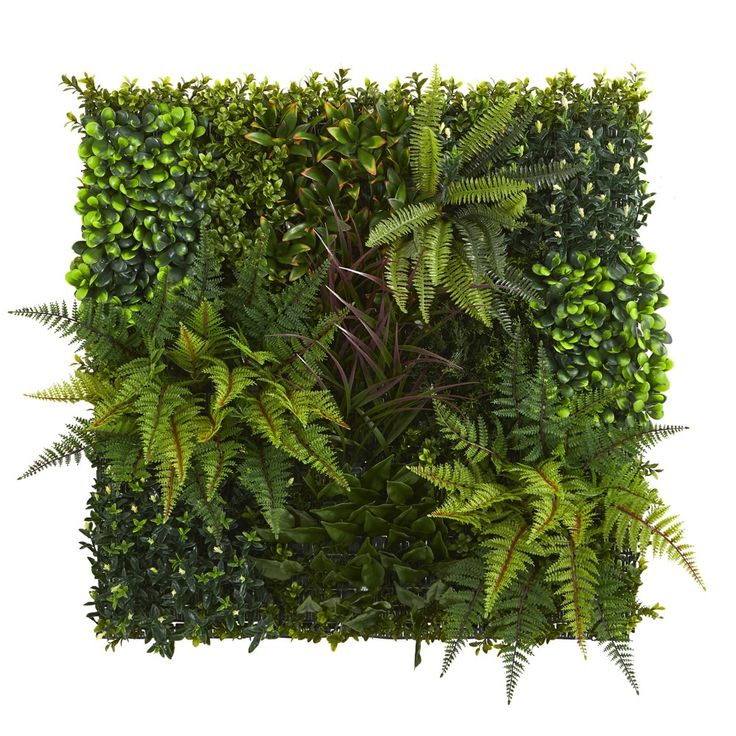 Sky Pencil Holly is the one you should go for.
Sky Pencil Holly is the one you should go for.
37. Hicks Yew
Botanical Name: Taxus × media
USDA Zones: 5-8
The plant may not be as personable as the others on the list, but it does the work with its evergreen backdrop of soft needles. Come winter and it’ll be laden with berries!
38. Euonymus
Fotoksa/ShutterstockBotanical Name: Euonymus japonicus
USDA Zones: 6-9
The best thing about this genus is it comes in green, gold, and variegated varieties. The plant does well in all weather types and provides a lush hedge.
Have a look at some beautiful indoor vines hereJoin our 2.8 Million Followers
Social Followers
2.5MFollowers
219kFans
36kSubscribers
YouTube
Ground cover plants for the garden, names and photos: a green carpet of perennial flowers and herbs that blooms all summer
Live cushions, carpet plants, mossy tussocks - these are all ground cover plants.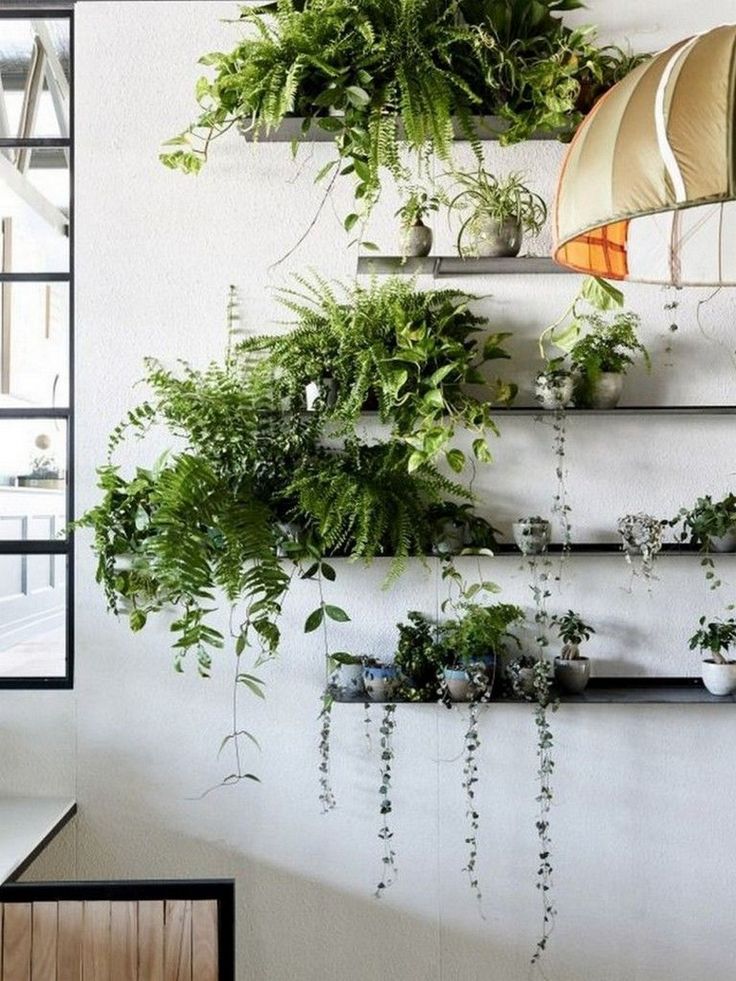 They look gentle, but at the same time unpretentious, have spectacular greenery and bloom beautifully, are very useful in garden design and are unusually decorative. At the same time, their strict classification does not exist, and therefore it can be difficult to decide on the choice and application. We will help you figure out which plants can be classified as ground cover, and how they help in landscape design. nine0003
They look gentle, but at the same time unpretentious, have spectacular greenery and bloom beautifully, are very useful in garden design and are unusually decorative. At the same time, their strict classification does not exist, and therefore it can be difficult to decide on the choice and application. We will help you figure out which plants can be classified as ground cover, and how they help in landscape design. nine0003
McCullough's Landscape & Nursery
Ground cover is not a botanical class. This is the definition adopted in horticulture and landscaping for a group of plants that form dense mats on the surface of the earth. In this case, the color, shape and nature of growth can vary significantly. The main thing is that they grow rapidly and tighten the surface of the soil, covering it with a dense green mass. From this property their name comes.
Lankford Associates Landscape Architects
Interested in landscape design?
Let's find a contractor according to your criteria
Lynch Landscaping Inc.
Depending on the purpose of use and decorative tasks, different authors include completely different species in this group - perennial ground cover plants, annuals and even shrubs. Any low plant that forms dense thickets, dense foliage or lush curtains and has the ability to grow rapidly can be used as a ground cover. nine0003
GREEN LANDS garden company
Growth pattern
Garden cover plants also vary greatly in growth patterns. The leaves of some are collected in a basal rosette - growing, they are layered on top of each other and form dense sods. If the leaves are small, then the mass of plants looks like a solid textured cushion covering the relief. Saxifrage (Saxifraga), geuchera (Heuchera), armeria (Armeria), stonecrop (Sedum) have this form of growth.
Outdoor Design Group
David Feix Landscape Design
Other groundcovers (one or perennials) cover the ground with creeping shoots, often rooted, whereby the plant forms a tightly pressed network to the soil and fills the space.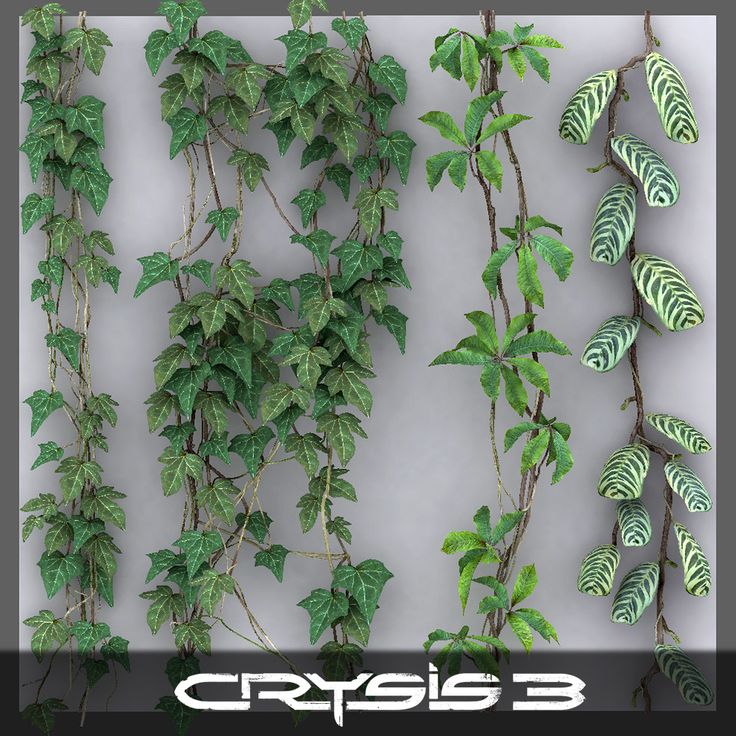
These are periwinkles (Vinca), creeping phlox - styloid phlox (Phlox subulata), Douglas phlox (Phlox douglasii), Siberian phlox (Phlox sibirica), lodging phlox (Phlox procumbens), clover (Trifolium), obrieta (Aubrieta), tenacious (Ajuga). nine0003
Landscapes & Cie
By the way, climbing plants, which we used to decorate pergolas and create green walls, can be grown as ground covers. Girlish grapes (Parthenocissus), climbing honeysuckles (Lonicera), actinidia (Actinidia), blackberries (Rubus) and a variety of climbing annuals without support will spread along the ground in a lush carpet. And when they meet a vertical support, they will braid it too.
This property can be used in decoration, creating relief landscape compositions. They cannot be compared with the clarity of forms with sheared topiary figures, but with their soft volumetric outlines they diversify the texture of the garden. nine0003
Read also . ..
..
I have a gently me: we put curly plants at the fence, arbors and pergola
Creative Garden Spaces
Proven Winners
not only low -growing
relatively heights of soil plants are also complicated. Most often, this group includes undersized species and plants creeping along the surface. But in some situations, higher species are also used in this role. They are useful for filling in spaces viewed from a distance, slopes and lowlands, for creating layering in a vegetative design. nine0003
In such places, low lush shrubs really come in handy, with drooping, open shoots, or creeping ones - five-leaf shrub or Kuril tea (Pentaphylloides fruticosa), dwarf forms of spiraea (Spiraea), dwarf varieties of Thunberg barberry (Berberis thunbergii), creeping cotoneaster - cotoneaster pressed (Cotoneaster adpressus), cotoneaster horizontal (Cotoneaster horizontalis), cotoneaster Dammer (Cotoneaster dammerii).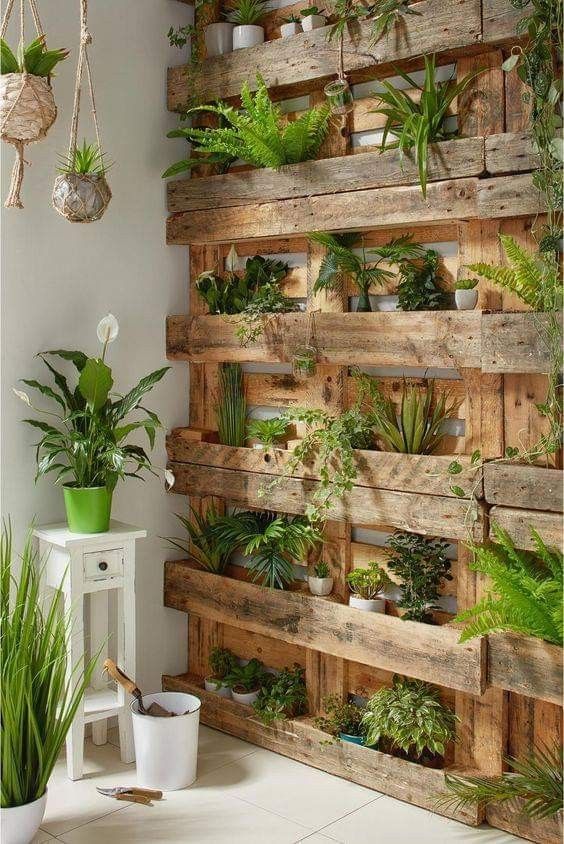 By the way, even in low-growing ground covers that are tightly adjacent to the ground, the height can vary significantly during flowering. nine0003
By the way, even in low-growing ground covers that are tightly adjacent to the ground, the height can vary significantly during flowering. nine0003
Kaleria Katkova
Julia Dide
Flowering carpet
Many species from this group bloom very beautifully and luxuriantly. Some of them produce thin and rather tall peduncles, and a most delicate cloud of flowers appears above the surface of the earth. This is how many saxifrages (Saxifraga), their relatives geyhera (Heuchera), arabis (Arabis), carnations (Dianthus) bloom.
Lidia Razinkova
Others turn into a dense flowering cushion, blooming all summer, completely covered with petals - aubrieta (Aubrieta), armeria (Armeria), creeping phlox (Phlox), periwinkle (Vinca). However, this division is rather conditional and largely depends on the specific species and variety. The main thing is that one of the most important properties of ground cover plants - thickening of growth - fully extends to flowering. nine0003
nine0003
Plants cover the ground with a stream of flowers so dense that often the greenery is not even visible because of it. And, due to the fact that some of them bloom in early spring, when a significant part of garden plants have not yet gained green mass, ground covers are unusually spectacular in landscape decor. Among the early-flowering ones are the same obrieta (Aubrieta), arabis (Arabis), periwinkle (Vinca), violets (Viola).
Quercus Gardens
Doug Bibb's Landscape Company
Texture and color of ground covers
A variety of textures of ground cover plants should be used by combining large-leaved and small-leaved species. So you can get combined borders and create patterned planes. Different leaf sizes with a similar shape can be found in different species of the same genus, or in different varieties of the same species.
Miniature, needle-like and elongated leaves make some groundcovers look like moss. In everyday life, they are often called that, although they, of course, have nothing to do with real mosses, but they really form soft emerald carpets similar to them. One of the ground cover plants even in the name reflects this feature - bryozoan (Sagina) in the mass is very similar to moss. nine0003
In everyday life, they are often called that, although they, of course, have nothing to do with real mosses, but they really form soft emerald carpets similar to them. One of the ground cover plants even in the name reflects this feature - bryozoan (Sagina) in the mass is very similar to moss. nine0003
SEE ALSO
The World of Design: Natural Moss and How to Use It
Classic Nursery photos
Bret Achtenhagen's Seasonal Services
Bret Achtenhagen's Seasonal Services Provides a rich color palette for landscape planting. Some species have variegated forms.
An especially wide range of varieties with colored leaves in the most unusual colors - from silver to purple - can be found in Heuchera and Ajuga. A variety of color combinations, as well as shapes and sizes, distinguish stonecrops (sedums - Sedum). nine0003
prairieridge.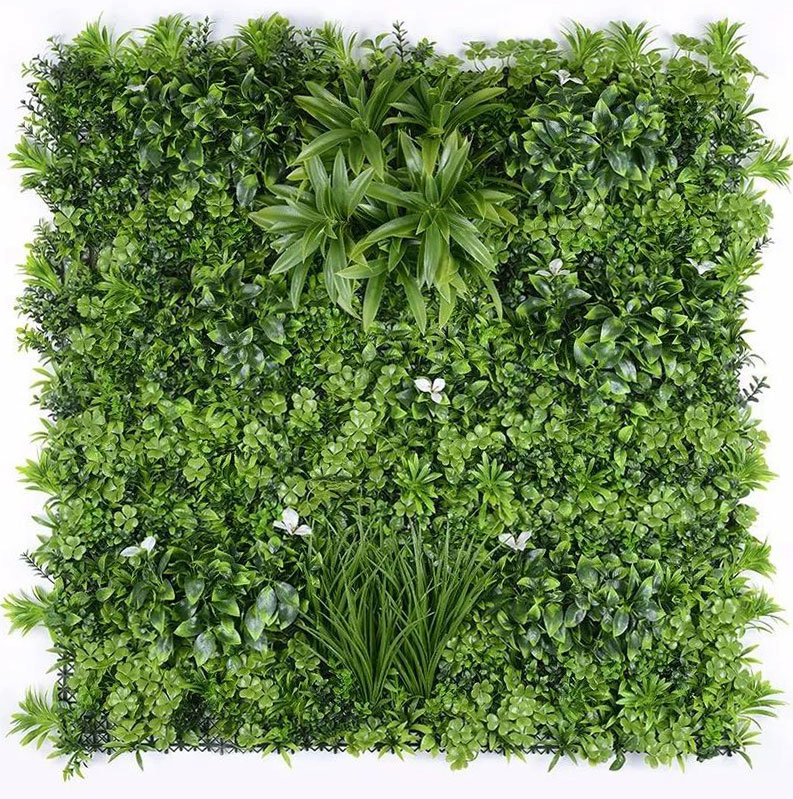 ca
ca
Quick space capture
Despite their delicate appearance, ground cover flowering plants are overwhelmingly strong aggressors. They are capable of rapid reproduction and prone to expansion. And this is one of their main advantages.
Due to their expansiveness, they quickly spread over the surface and occupy the space provided. At the same time, when the clump has already grown sufficiently, it suppresses even resistant weeds and forms a dense monospecific cover. Moreover, many ground cover plants are considered true weeds outside of cultivated conditions. nine0003
Stout Design-Build
The same goutweed (Aegopodium podagraria), wood lice (Starworm - Stellaria media), Potentilla goose (Goose foot - Potentilla anserina), with which we mercilessly fight in the beds and in flower beds, can be successfully used as ground cover plants. The gout has a very decorative variegated form that looks beautiful in borders and curtains, as if filling the area with sun glare.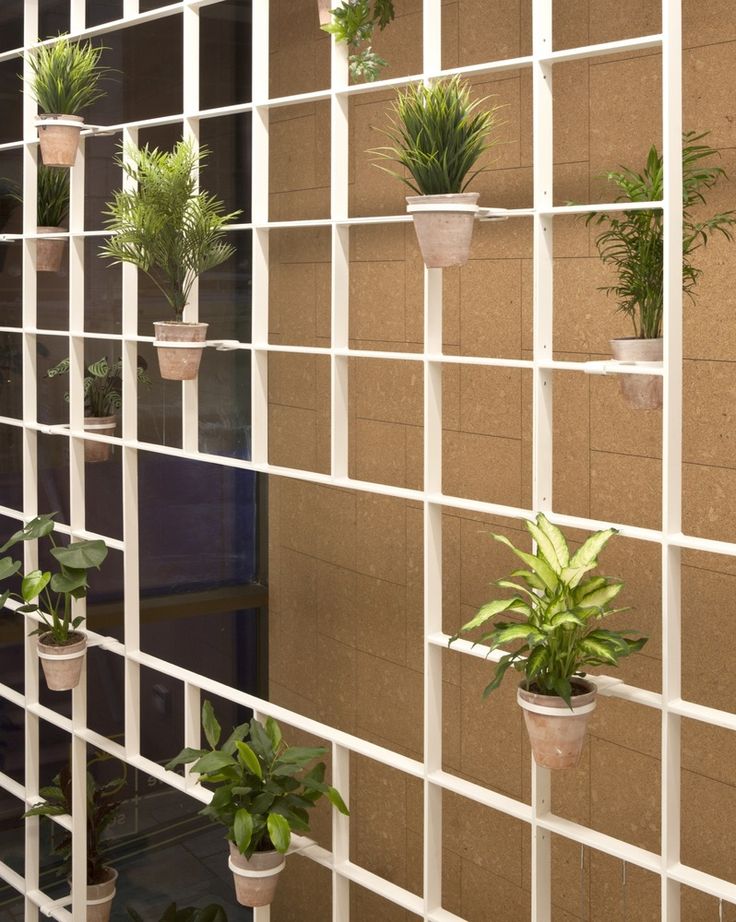
True, such a desire of ground covers to seize new lands threatens with uncontrolled spread. But this problem is easily solved: knowing the nature of these plants, it is worth using a curb tape to limit ground cover, and dug containers for small fragments. This technique will allow you to get spots, patterns and borders that are clear in shape. But more on that later. nine0003
One Specialty Landscape Design, Pools & Hardscape
Site Selection
Like other plants, groundcovers are most decorative when the right planting site is selected. To choose such a place, or choose suitable species for a particular area, it is worth considering the origin of a particular plant.
Among the ground cover plants, in a very general way, two groups can be distinguished according to their origin. Many of them are natives of rocky slopes and alpine meadows. These are saxifrage (Saxifraga), stonecrop (Sedum), arabis (Arabis), many cinquefoils (Potentilla), obrieta (Aubrieta), thyme or thyme (Thymus), draba (Draba), gypsophila (Gypsophila). They need an open sunny and dry location, as well as poor, calcareous soils. nine0003
SEE ALSO…
The Sun Is Mine: How to Plan Your Backyard Based on the Movement of the Sun
Windsor Companies
Other plants in nature grow in the undergrowth, forming canopy under trees and shrubs. They tolerate sparse shade and partial shade well, they like more moisture than natives of mountain slopes. These are periwinkles (Vinca), geyhera (Heuchera), oxalis (Oxalis), ivy-shaped bud (Glechoma hederacea), small ferns, such as ossicles (Asplenium). But it should be remembered that variegated and decorative leaf varieties in the shade can lose their color. nine0003
Regardless of origin, most ground cover plants that bloom in the garden have a shallow root system and do not tolerate wetting. Especially dangerous is the spring melting of snow and stagnant moisture. Therefore, a place for them must be chosen well-drained and provide water flow. But, thanks to the superficial roots, they do not require a deep fertile layer and thorough soil preparation.
But, thanks to the superficial roots, they do not require a deep fertile layer and thorough soil preparation.
Margarita Alekseeva
Easy care
Flowering ground cover plants are just a godsend to create an easy-care garden. Thanks to their endurance and survivability, groundcovers themselves win back space. They do not require a haircut (although you can cut them). After flowering, it is only necessary to remove the flower stalks. Most often, frequent watering and top dressing are not required. nine0003
In autumn, in order to stimulate the development of the root system and ensure a better wintering, it is good to ground the plants - sprinkle the plants with a thin layer of earth. Make sure that it gets to the roots, and does not linger in a lush mass of greenery. To do this, the leaves can be slightly shaken. Most ground cover plants overwinter well in the presence of snow cover. As an additional protection, you can mulch them with dry leaves in the fall or cover them with spruce branches for snow retention.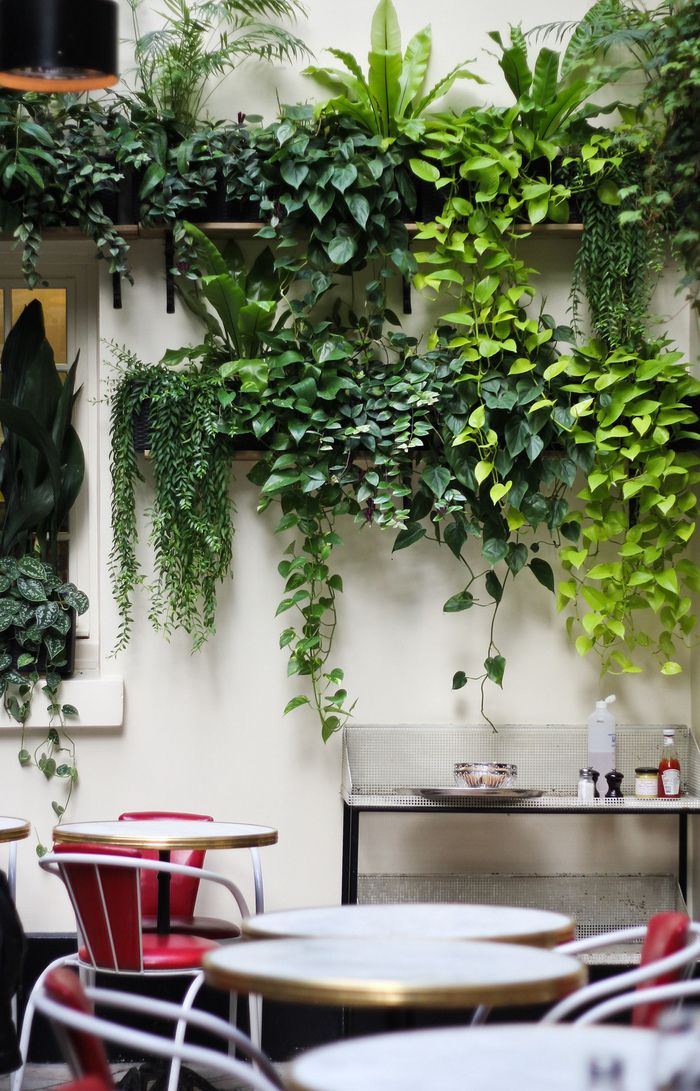 Even if the ground covers freeze slightly in a snowless winter, they, as a rule, are easily restored. nine0003
Even if the ground covers freeze slightly in a snowless winter, they, as a rule, are easily restored. nine0003
Read also ...
Natural agriculture: Mulching and delay “For the lazy ”
Samuel H. Williamson Associates
of the ,
listed advantages of soil -cutting views are made by their excellent Landscape tools. Very diverse in scope and decorative roles.
1. Instead of a lawn
The lawn requires careful maintenance and regular mowing. Ground cover plants are less whimsical. They can be planted as a replacement lawn where there is no possibility of careful maintenance and in hard-to-reach places where it is difficult to mow the lawn. These are steep slopes, narrow spaces, far corners of the garden. Ground covers will also be a good substitute for a lawn in shady places where cereals do not grow well. Shade-tolerant ground cover plants - periwinkle (Vinca), geyhera (Heuchera), tenacity (Ajuga), ivy bud (Glechoma hederacea), violet (Viola), will create a decorative green cover here.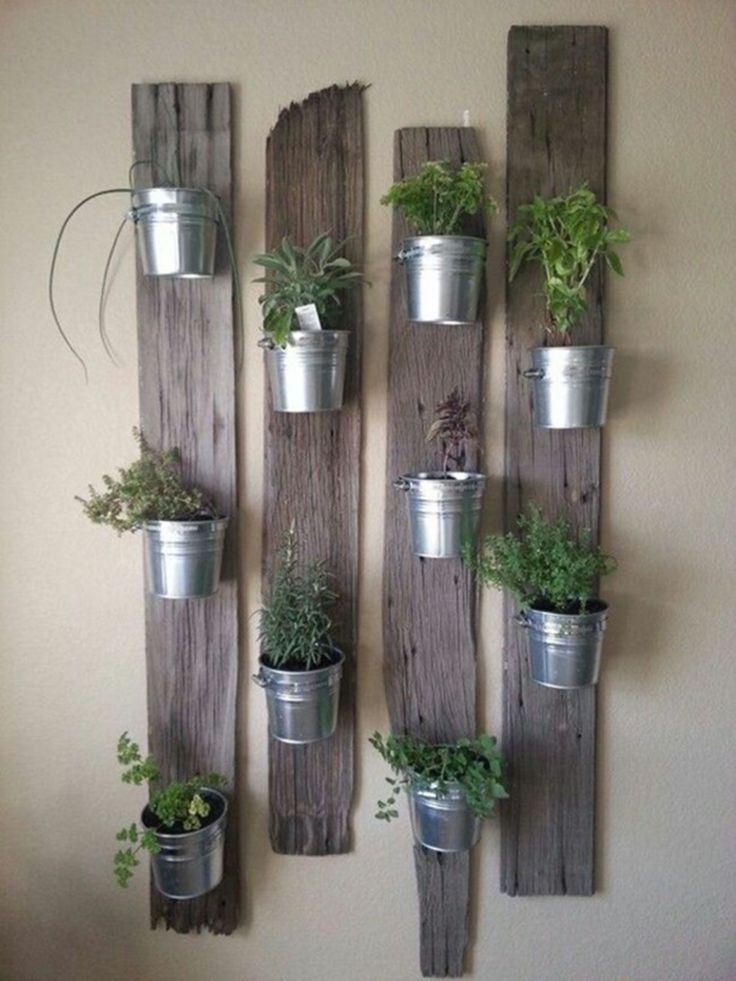 Due to their aggressiveness, ground covers also resist weeds well - they can be used in places where the lawn is severely affected by their invasion. But when using ground cover plants as a lawn replacement, keep in mind that most of them are not as resistant to trampling as lawn grasses. Often walking through such a green meadow, and even more so arranging sports on it, is not worth it. nine0011
Due to their aggressiveness, ground covers also resist weeds well - they can be used in places where the lawn is severely affected by their invasion. But when using ground cover plants as a lawn replacement, keep in mind that most of them are not as resistant to trampling as lawn grasses. Often walking through such a green meadow, and even more so arranging sports on it, is not worth it. nine0011
Oksana Koreneva's Landscape Design Studio
2. For designing rock gardens
This use of ground cover plants is associated with the origin of many of them. On a rocky hill, they feel at home in the most literal sense. Undemanding to soils and watering, the limited volume of the root system make ground covers ideal inhabitants of rockeries. And the dedicated placement surrounded by rock fragments protects other plants from excessive aggressiveness. nine0003
3. For decorating tree trunks
In this capacity, another group of ground cover plants, natives of forests, is ideal.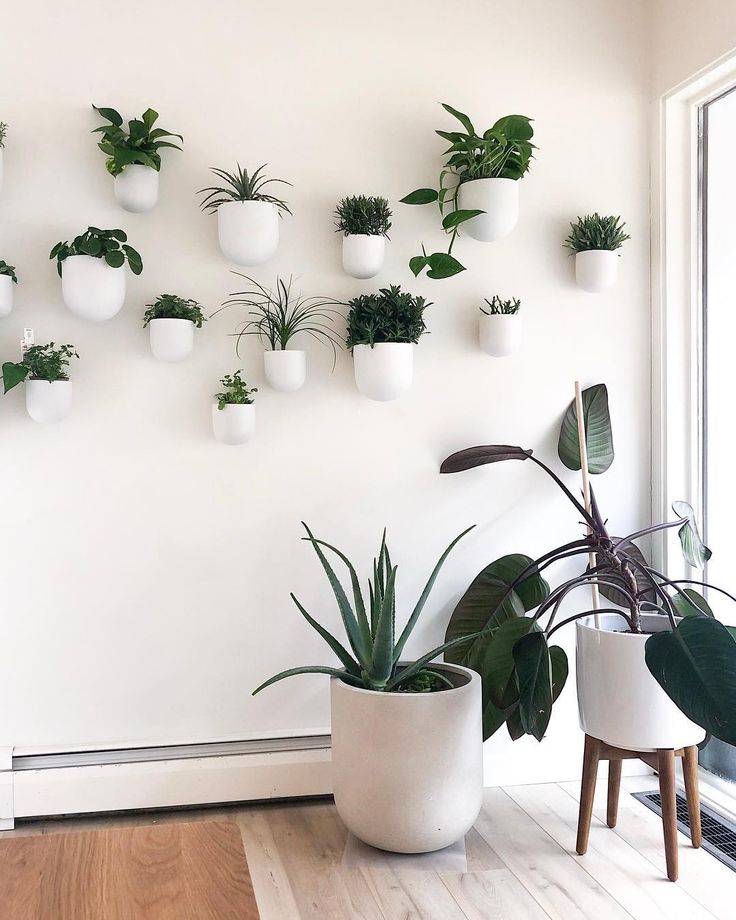 Under the crowns of trees, they will feel great, unlike lawn grasses and many flowering plants, which are oppressed in the shade. Ground cover species will create a fluffy textured cushion of greenery under the trees and protect the trunk circles from drying out. All shade-tolerant species that I listed above will do.
Under the crowns of trees, they will feel great, unlike lawn grasses and many flowering plants, which are oppressed in the shade. Ground cover species will create a fluffy textured cushion of greenery under the trees and protect the trunk circles from drying out. All shade-tolerant species that I listed above will do.
SEE ALSO…
Your circle: How to decorate tree trunks
Classic Nursery & Landscape Co.
4. As borders for flower beds, lawns, paths
Thanks to texture and decorative foliage, ground cover plants make very decorative borders. Particularly suitable in this role are those species that form rosettes of leaves and grow in dense cushions. But be aware of their expansiveness. To prevent such a border from occupying the entire flower garden, limit the space allotted to it with a border tape. nine0003
Ground cover annuals can be used as such decor, they cover the soil well with flowers and leaves. Try planting Iberis annual (Iberis) or Lobelia (Lobelia).
Try planting Iberis annual (Iberis) or Lobelia (Lobelia).
SEE ALSO…
At the edge of color: What to make borders for flower beds
Arbor Group of Companies
5. To decorate lawns
They will help to decorate the plane of the lawn and create an unusual decoration in the garden. This will help the contrast of textures, different heights and a combination of leaf colors. nine0003
Elemental Design Group
Ground cover flowers add even more variety. With this use, again, do not forget about the curb tape. It will help create a clear form for planting and, more importantly, maintain it.
SEE ALSO…
Grass Games: What you need to know about lawn design
Donna Lynn - Landscape Designer
6. To create parterres in regular compositions
Try to form strict symmetrical ornamental planes not from clipped shrubs, but from ground cover species.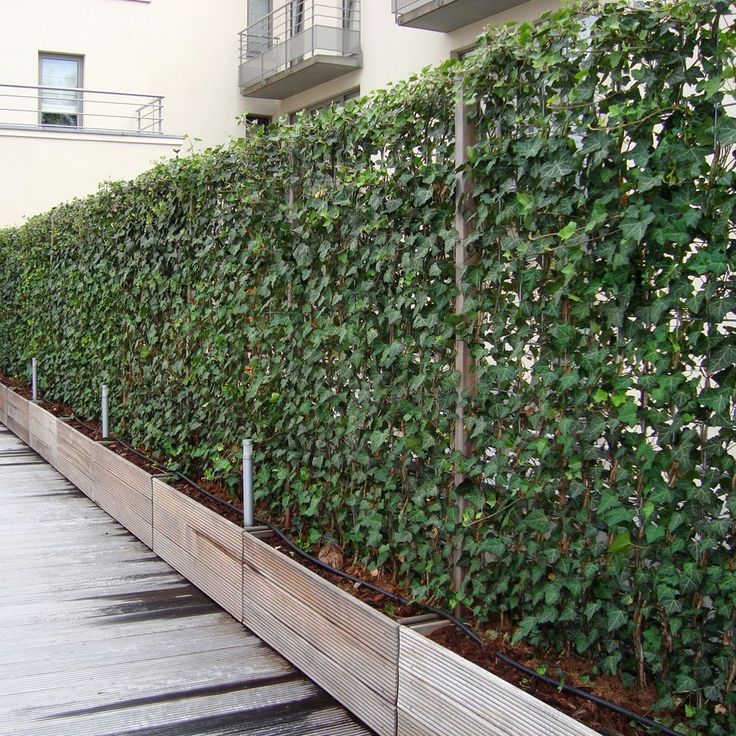 It will not be a lace parterre created according to all the rules, but it will require much less effort from you. nine0003
It will not be a lace parterre created according to all the rules, but it will require much less effort from you. nine0003
SEE ALSO
Do it the French way: Regular small garden garden
Quercus Gardens
their foundations. First, due to its unpretentiousness. Secondly, because of the ability to form lush green cushions from intertwining creeping shoots. They will create a vegetative completion of the rocky wall, protect the soil from shedding, and drooping shoots “drain” from the top in soft waves. They look especially beautiful during the flowering period. nine0003
SEE ALSO
Retaining Walls: How to Use Them on a Difficult Site
Living Gardens Landscape Design
design for paths and stairs. They will fill the gaps between the stones with dense textured greenery. For such a role, it is worth choosing undersized, pressed to the ground forms.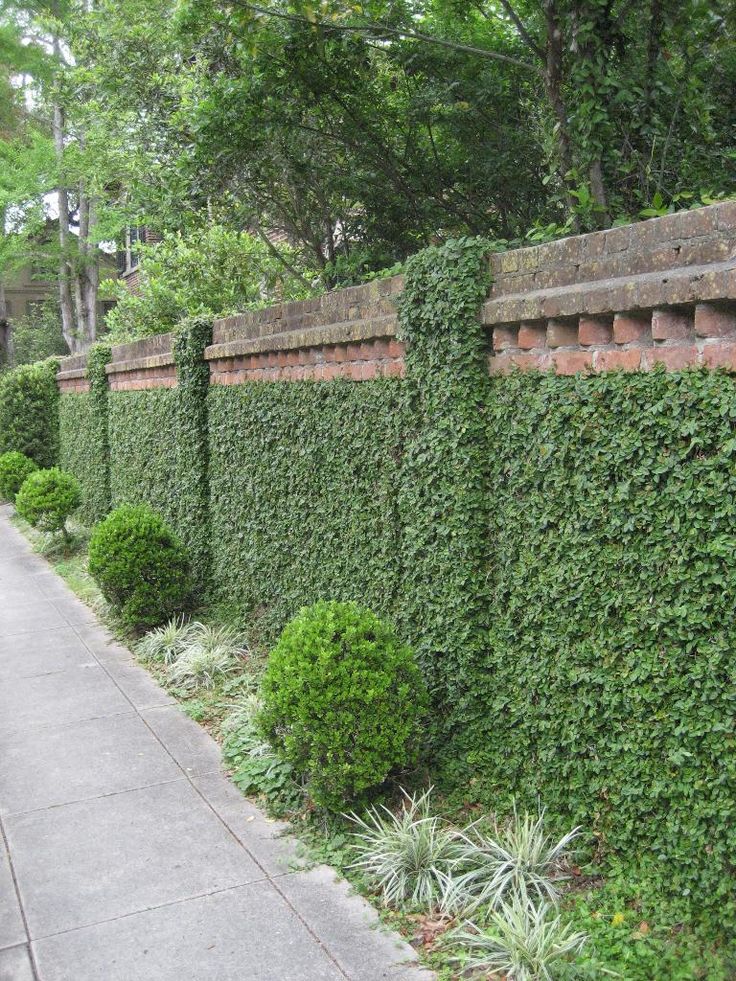 Choose the size of the leaves based on the scale of the stone paving slabs and the gaps between them. nine0003
Choose the size of the leaves based on the scale of the stone paving slabs and the gaps between them. nine0003
Read also ...
Freedom Vyunka: Decorate the staircase with plants, and you will not recognize your garden
Prairie Blue Landscapes
Bliss Garden Design, LLC
900 900. For the creation the root system, compact growth, unpretentiousness and rapid spread allow the use of ground cover plants for the design of "green roofs". They do not need a deep soil layer and they fix the soil well, which allows them to be used on sloping surfaces. nine0003
10. For planters
Thanks to the same quality, ground cover perennials are excellent for growing in pots, even those with very limited volume. Many of them tolerate overdrying well. But you need to watch out for excessive moisture. But they can be used in the most unexpected container gardens.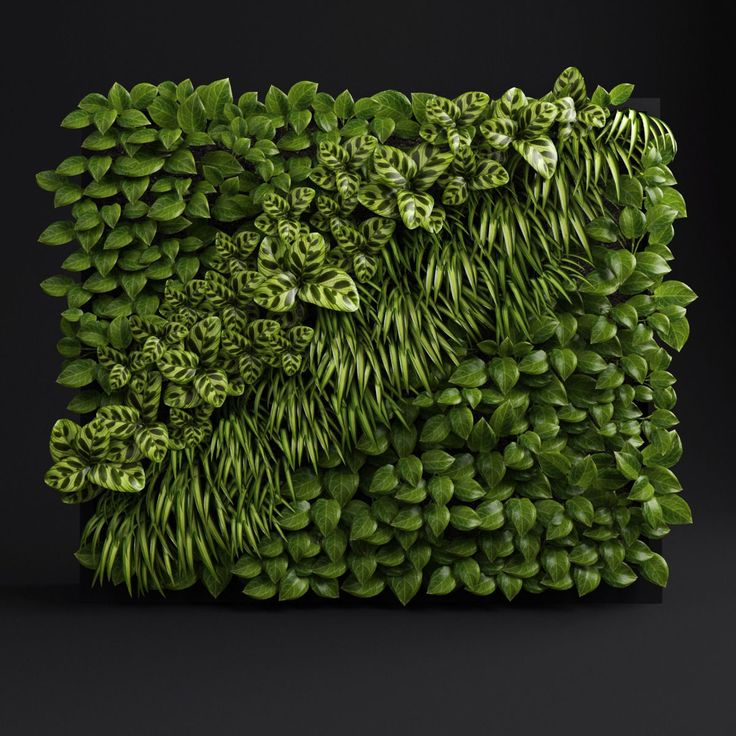 Rosette and soddy species will form a beautiful three-dimensional shape. And climbing plants - decorate the pots with descending shoots.
Rosette and soddy species will form a beautiful three-dimensional shape. And climbing plants - decorate the pots with descending shoots.
SEE ALSO…
- Roof garden: How to choose the right plants They are grouped not so much by their form - it can vary greatly - but by the method of application. Their main qualities are fast expansive distribution, dense growth, pressing to the soil, thickening, and also unpretentiousness. These properties make the use of ground cover species very flexible and varied. nine0003
Read also ...
- Clubs near the house - Design and Choosing Plants
- Plants for the solar site - 11 win -win options
- Plants for a shaded garden - how and how to plant?
COMMENT
What kind of summer-blooming groundcover do you grow in your garden? In what capacity do you use them? Do you prefer perennials or annuals?4 vines for wall and facade upholstery
Las- climbing plants They are an excellent ally for upholstery of walls and facades in our house.
 They are mainly used to make these often nondescript surfaces more interesting. There are many possibilities to do this, but not all of them are always appropriate.
They are mainly used to make these often nondescript surfaces more interesting. There are many possibilities to do this, but not all of them are always appropriate. In addition to aesthetic considerations, there are many factors to consider when choosing the right climbing plant. AT weather type and exposure are important to know which views to choose from. At Bezzia we have looked for four of the strongest species, so you are likely to find one among our suggestions.
Where are we going to place the climbing plant? Are there frequent frosts in winter? How many hours a day will he receive direct sunlight? These are the questions that, no doubt, you should ask yourself before you start reading the information that you will find about some now. You can use them to ...
- Wall upholstery: In country houses or country houses, they add zest to the façade.
- Pergola Cover: If you want to create a cool space to escape the summer, covering your pergola with climbing plants can help you achieve this.

- Dressing fences and walls: Contrary to what is often thought, climbing vines are not only used to cover surfaces with poor aesthetic appearance. They are a fantastic tool to make a space cozier and coquettish. nine0331 nice bright green color. The flowers are yellowish-white, but so small that they are not of decorative interest.
Can be used as a climber for to cover walls and pergolas as ornamental plants or in hanging pots on terraces or in very bright interiors. Prefers full sun, but can also grow well in partial shade. You will also be interested to know that they are suitable for coastal gardens due to their resistance to wind and salinity. nine0003
Wire slider can tolerate frost down to -10 ºC, although in these cases it loses leaves and sprouts again in spring. It does not support floods, worse if a few days of drought, so it is advisable to wait until the soil is dry before watering them again.
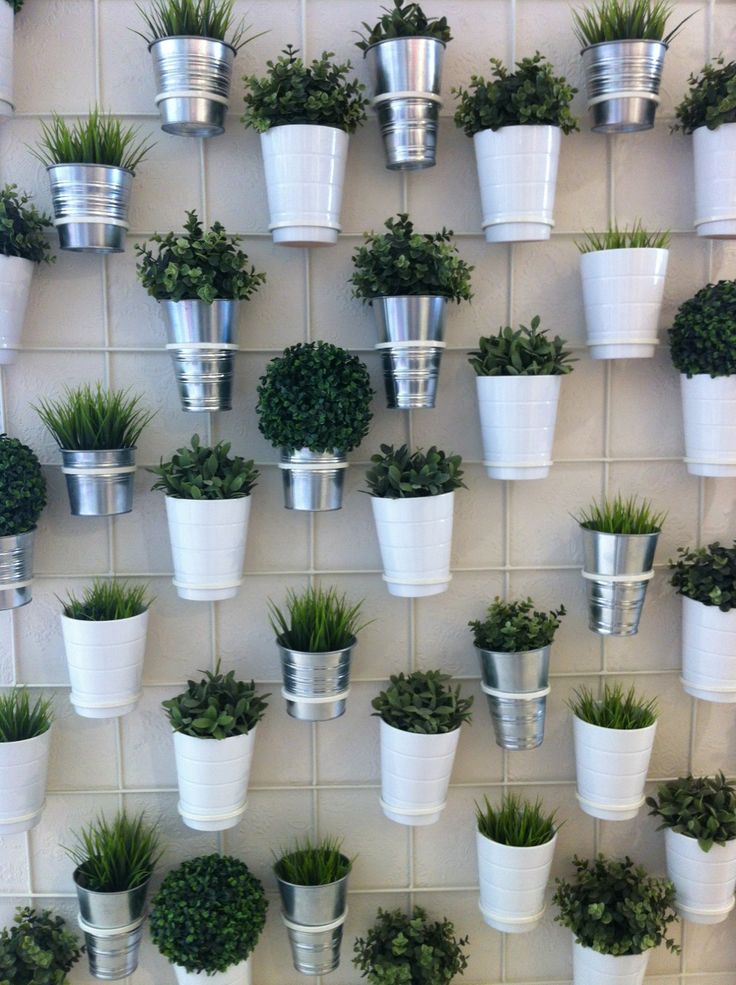 It is minimally cared for but requires pruning in late winter to control its growth.
It is minimally cared for but requires pruning in late winter to control its growth. ivy
Ivy is a climbing shrub with short aerial roots that allow it to stick to walls and walls and spread over the ground. This is a very suitable plant for hiding walls facing north, located in shady or semi-shady places.
There are many types of ivy, all evergreen and with a wide variety of leaves: green or variegated, large or small... Large leaves are stronger and cover the surface earlier, but with time they become difficult to control. Small Leaves They take a little longer to thicken, but stick much more to the wall and look much neater overall. nine0003
Ficus Pumila or Creeping
Picus Pumila is a climbing plant with weak stems and small, finely nuanced leaves. , heart shaped . This is a low-growing plant, so the light is not very demanding. In fact, it prefers semi-shady places where the direct sun does not penetrate.
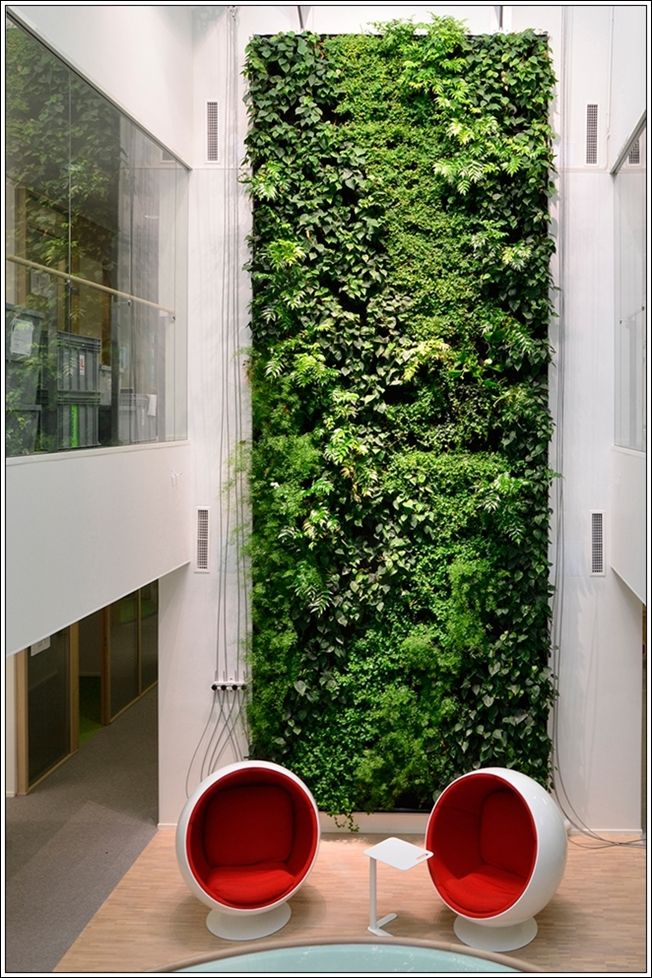
As for the weather, it works well in temperate climates ability to withstand minimum temperatures of -5 ºC if some advice is followed. In areas with a temperate and humid climate, such as in the north of Spain, it is best to plant them against an outer wall facing north and slightly sheltered from the wind. nine0003
It can also be used as a hanging plant, cover plant or groundcover. However, for its full development, it is necessary the earth remains moist in the warm season, avoiding waterlogging. In winter, watering should be reduced while the plant is resting.
Virgin Vine
Virgin Vine is a deciduous climbing shrub with cylindrical branches and sucker-like tendrils that can exceed 15 meters in height. However, this is not the most characteristic feature of this plant. It is its dark green leaves that acquire a beautiful red color in autumn.
Due to its rapid growth, it is very popular for façades, walls and gazebos facing north or east.
